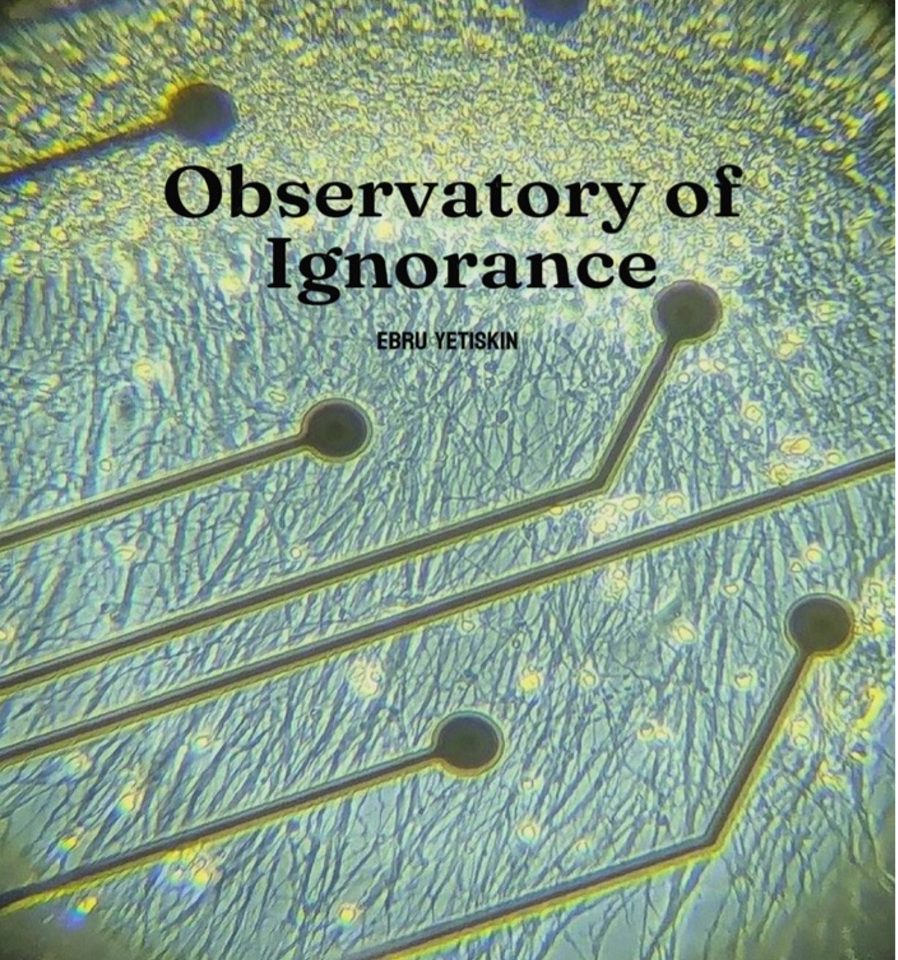Ebru Yetiskin
September – October 2024
September 5, 2024
Finally, I’m in Lisbon. I was still above the clouds when I met Marta (de Menezes). It was so happy to catch up with her and talk about life, including the recent processes of our artistic and scientific works. I want to unfold some of the issues that I have been dealing within my recent sociological and curatorial research, such as ignorance production, commoning collectives and disaster immunity.
What a beautiful space!
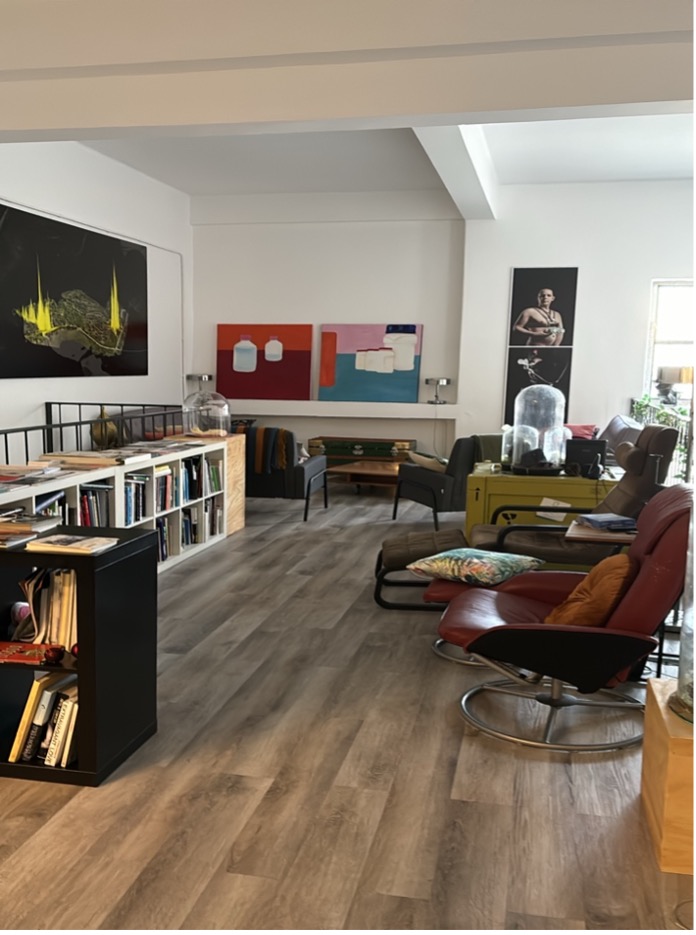
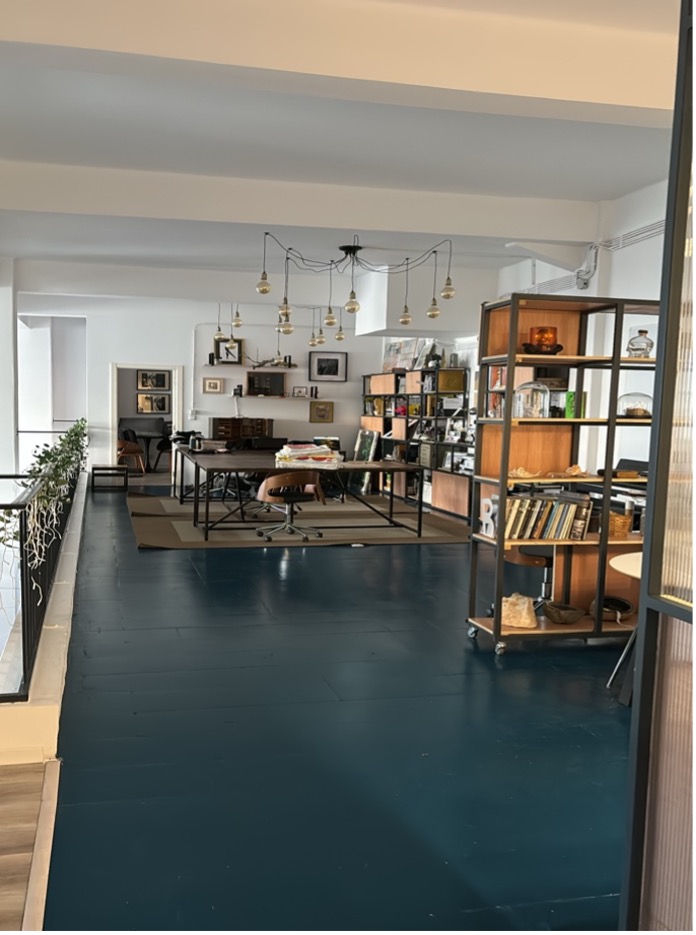
Figure 1-2: Ectopia Lab, Memoryscope Series, Ebru Yetiskin, 2024.
September 6, 2024
This morning, I went to The Gulbenkian Institute of Molecular Medicine (GIMM) in University of Lisbon to meet Luis (Prof. Luis Graça). I passed across the Santa Maria Hospital. Right at the foyer of the Faculty of Medicine, it was a lovely surprise to meet with Kathy High’s performative piece, “Kathy as Bowie” (2015).
Kathy As Bowie is a performative piece about taking on someone else’s identity through sharing their gut microbiome via a Fecal Microbial Transplantation. Photographs were offered to David Bowie in exchange for a poop sample. The offer was never completed as Bowie died in 2016. Looking at research in fecal microbial transplants and gut microbiomes to better understand the important function of bacteria in our bodies, this project embraces metaphors of interspecies love. As a patient with Crohn’s disease, High’s interest in gut microbiota starts with her own body.
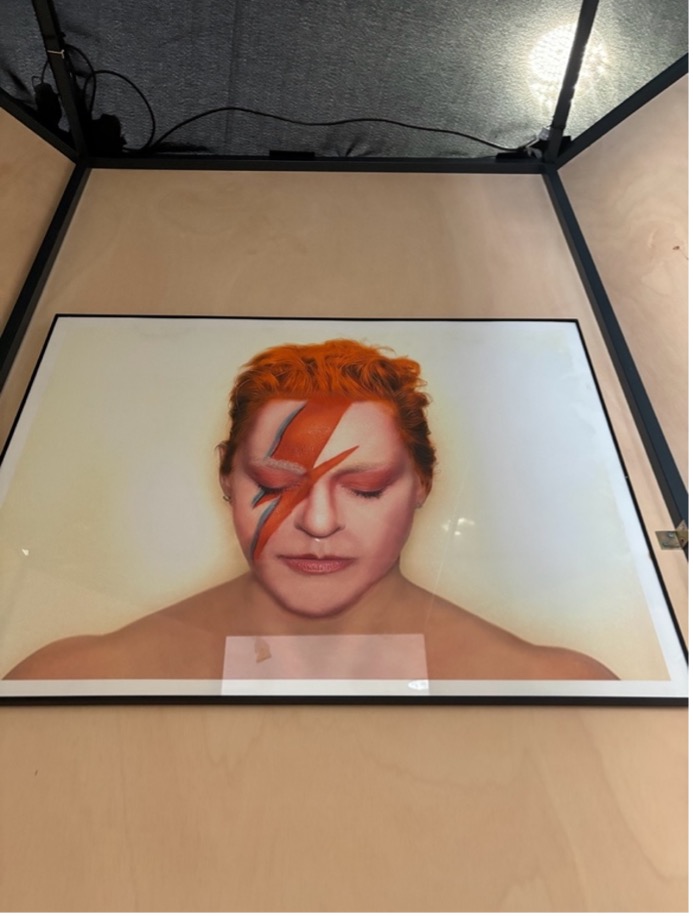
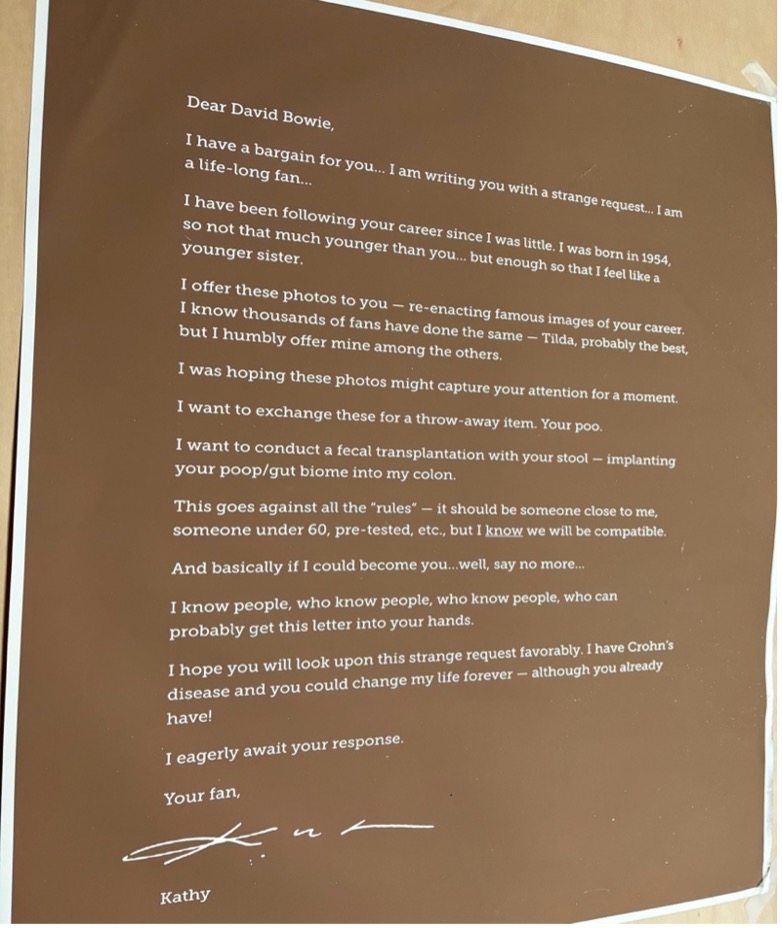
Figure 3-4: Installation view of “Kathy as Bowie” of Kathy High (2015) at the foyer of the Faculty of Medicine in University of Lisbon, Memoryscope Series, Ebru Yetiskin, 2024.
Then I met Luis. First, he introduced me his lab. Somehow, it reminded me of the lab of my grandfather, who was a medical needler in the 1940s-1960s in Turkey.
Then I briefly explained to Luis that in my recent sociological research after the 2023 Earthquakes in Turkey. I was traumatized due to the repressive control measures, such as the internet censorships and detentions, when people were still trying to share their geolocations under the debris and millions were in need of care and relief in the middle of a cold snowy winter during the emergency response – the first critical 72 hours after the 3 massive earthquakes between 6-23 February 2023. Despite this collective trauma, on the other hand, there were self-organized collectives, which began working as an emergency response for the relief efforts and for commons, such as the right to live, the right to freely express and communicate, the right to accommodate…
In my sociological research, which I aimed at developing as care, “response-ability” and memory-making by scientific knowledge production, first, I explored the political economic factors to make sense of the extreme control, which was impossible for me to forget and ignore. Then, I explored the commoning practices of 19 collectives, which were also knowledge production networks. I was Inspired by art and science collaboration work, “Anti-Marta” (Marta de Menezes, 2018),in which Marta and Luis have collaborated.
Anti-Marta is an installation exploring the limits of human individuality in the face of an increasingly biotech-based society. It represents the relationship between an artist and a scientist, but also the boundary between art and science, and the limits of our own identity. Marta and Luis, an artist and an immunologist, have a pact for life: mated, married, united. Their search for an artistic representation of such a pact led to the transplantation of skin grafts. In both cases, the outcome was a tension between their individualities and their bonding. The skin transplants were also rapidly rejected, given the immunity differences. Yet, in both cases the pact can live on. The immortal cell lines can co-exist in virtual space, where video projections of living cell cultures intersect in the installation. On the same note, the rejection of skin has led to the production of molecules (antibodies) that forever will be able to identify the other, like the acquisition of a sixth sense that can be visualized through the isolation of appropriate antibodies. Anti-Marta shows how we can bond with another and yet maintain a strong sense of identity. In Anti-Marta, it is not only a woman and a man who assert their relationship and identity, but also an artist and a scientist, who demonstrate the connection between the two disciplines while maintaining their uniqueness.
In fact, within the last couple of years, I conducted another research entitled, “Biopolitics of “Acquired Immunity”: The War Discourse and Feminist Response-Abilities in Art, Science, and Technology During COVID-19” (Yetiskin, 2022).
If we are to adequately decipher and make sense of the COVID-19 pandemic, and the ways in which large populations as well as their immune systems have responded to the virus, we ought to map the broader sociomaterial contexts in which a planetary health crisis, such as COVID-19, has been situated. Adopting a biophilosophical approach and feminist versions of Science and Technology Studies (STS), this article problematizes the virality of the war discourse and its tactical uses for the sake of biopower during COVID-19. Also,a queering lens is used to question the military metaphors deployed during COVID-19. Queering is understood in this article as to make change, and to act in a way that is disruptive of allegedly oppressive power structures. Queering seeks to expose or otherwise uncover that norms are, in fact, just limitations on a far broader set of possibilities.
With the aim of exploring how critical associations can extend their response—abilities for the exploitative, authoritarian, and racist forces of biopower, the article examines the skilled practices and intra-actions of a feminist collective, FEMeeting—Women in Art, Science and Technology. Acknowledging the social relevance of a core community for acquiring immunity and its role for the future, a feminist conception of the virus played a key role in queering all kinds of anthropocentric and essentialist views by biohacking, DIY (Do It Yourself) and DIWO (Do It With Others) techniques in the actions and coproductions of FEMeeting. Of note, the war metaphor operated as a tactic for camouflaging and obfuscating the facts in the course of the pandemic. The findings reveal that paratactical commoning, which is a self-reflexive collective knowledge production in artistic and hacktivist research, emerges as a way in which political ontological potentials can be critically activated within communities of action.
The feminist lenses on COVID-19, and the paratactical commoning presented in this article, are of broad interest to systems scientists to explore the ways in which biopower, and the previously unchecked war discourse and militaristic metaphors coproduce COVID-19 acquired immunity and the social injustices. Understanding not only the biology but also the biopolitics of acquired immunity to the control of COVID-19 is, therefore, crucial for systems medicine and planetary (health) care that is at once effective, resilient, foreseeable, and just.
This time, I was interested in exploring the associations between acquiring immunity, ignorance/knowledge production and response-ability in disaster governance because one of the key findings of my study demonstrated that these commoning collectives learned how to adapt and act immediately in repressive environments due to their memory, which they have been developing in the last two decades. While millions of people were in shock and trying to make sound decisions in chaos, these collectives began to work and responded effectively immediately right after the disaster.
In the near future, disasters are expected to arise at a global scale due to human-led climate change. It is becoming even more critical to learn (in fact, learn to learn) how to acquire immunity collectively. We discussed how these topics could have been relevant for my residency research in Ectopia. I suggested that it could have been interesting to merge ignorance, immunity, memory and disaster with an audio-visual installation from an art and science perspective.
In the afternoon, I went to Marta’s and Luis’s house for a dinner party. It was indeed wonderful to have some time to enjoy friendly conversations, the delicacies of Portuguese cuisine, and learned how Marta began developing her works in art and science.
Guy Ben-Ary and Darren Moore were also there. I learned more about “Music for Surrogate Performer and “CellF” of Guy Ben-Ary, Nathan Thompson, Darren Moore, Andrew Fitch. These phenomenal works were to be performed in Ectopia Lab within a few days.
“Music for Surrogate Performer is a living bio-engineered musical entity able to improvise live, as a proxy for a deceased composer, and create post-human sound performances. In 2018 Alvin Lucier (1931-2021), one of the most influential composers of the twentieth-century avant-garde whose pieces are succinct explorations of the physical properties of sound, agreed to collaborate with us. In 2020 donated his blood, which we transformed into living neural networks grown on specialized interfaces. This work proposes to embody Lucier’s “in-vitro brain” with a sound-producing body in such a way that they work in synergy. This new living entity, or Lucier’s “surrogate performer”, would be capable of improvising and performing with human musicians.“
I went back home with many thoughts in my mind about my situatedness in my residency research as I have been living in a country in which I’ve been experiencing constant glitches (high frequency of anxiety, anger, fear, sadness, exhaustion) due to the political economic cultural disasters, in an creasing fashion in the last 10 years. From a sociological point of view, it could be interesting to explore some of the “knowledge gaps” that I could have posit my mind ontologically within this process as well. I need to focus on acquiring immunity and self-care.
At the same time, today I realized that the crystallization of reality in different parts of the world in which techno-scientific & artistic research priorities do not converge anymore. Like the “digital divide”, perhaps we can also question the “research divide” because we choose what we need to research according to the given circumstances in life and we evolve by developing relevant skills, experiments, works and actions accordingly.
On the other hand, it was also refreshing to remind myself that curiosity is not incarcerated in expert knowledge. I had to learn how to ignore prioritizing some of the terrible facts while I was focusing on learning how I could also begin caring about myell-being as a woman/researcher and keep working on experimenting creative ways of knowledge production.
Before I went to sleep, processing all the conversations I had today, Derrida whispered to my mind from “Specters of Marx: The State of the Debt, the Work of Mourning and the New International”.
… let us never neglect this obvious macroscopic fact, made up of innumerable singular sites of suffering: no degree of progress allows one to ignore that never before, in absolute figures, have so many men, women and children been subjugated, starved or exterminated on the earth. (Derrida, 1994: 106)
“How would it be possible to transpose a macroscopic fact (making) on to a microscopic fact (making) (and vice versa)?”
September 7-8, 2024
The weather was wonderful today. I took a long walk and explored the city. Looking at the panorama of The 25th of April Bridge and wandering in the cobbled-stone streets of Lisbon, which became another home-town of seven hills in my life. In some neighborhoods, I thought “I’m now living in a kind of reverse image of Istanbul”. I live by the Bosphorus in Istanbul so I was literally enjoying a similar view, and the clear sky, but now, without any glitches, without all that hassle, aggression, crowd, traffic, fear, tension and noise.
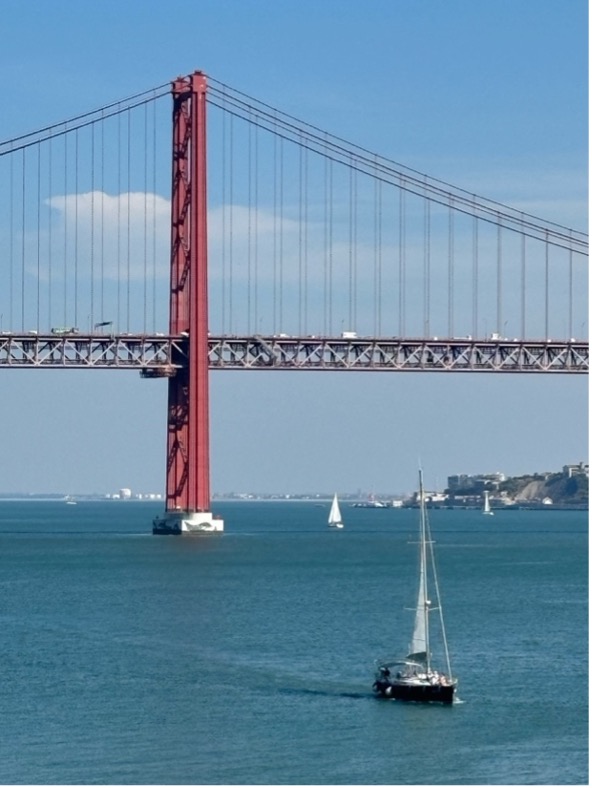
Figure 5: Reversed, Memoryscope Series, Ebru Yetiskin, 2024.
Gentrification in the city seemed also familiar. I was glad that it was proceeding slower than Istanbul though. This was one of those rare moments when you appreciate the slow pace of bureaucracy. I also thought how much I missed appreciating the kindness and the chill-vibe of people, who give a caring space for each other. It was kind of absurd and amusing for me to give some pauses in empty streets, enjoying the silence in the city and the urban void. After Istanbul, utopic, indeed!
In the 50th year of the Carnation Revolution that ended the dictatorship and led the country to democracy, I decided to learn more about the collective memory of Estado Novo (New State), the conservative authoritarian regime between in Portugal, one of the longest-lasting dictatorships in the contemporary history of Western Europe. In the evening, I read an article, in the Magazine of the European Observatory on Memories on “The End of Dictatorships in Portugal and Spain: Historical Contexts and Public Memories” (EUROM, 2024).
I decided to leave the heavy burden of past memories, reminding myself that ultimately, autocracies and dictatorships end one day. I began to make memories of my revival moments by taking photographs and videos that would self-reflect this moment in which I felt that I learn how to shift my scope and feel more grateful to see life with joy!
September 9-11, 2024
Living in an art space also means getting out of your comfort zone, reconfiguring new distances, cohabitation with others and opening yourself to random interactions with the unexpected, including many people and nonhuman companions, like this little curious lizard, “Lizz”, who seemed to be living here.
Living with animals, inhabiting their/our stories, trying to tell the truth about relationship, co-habiting an active history: that is the work of companion species, for whom “the relation” is the smallest possible unit of analysis (Haraway, The Companionship Manifesto, 2003, 20).
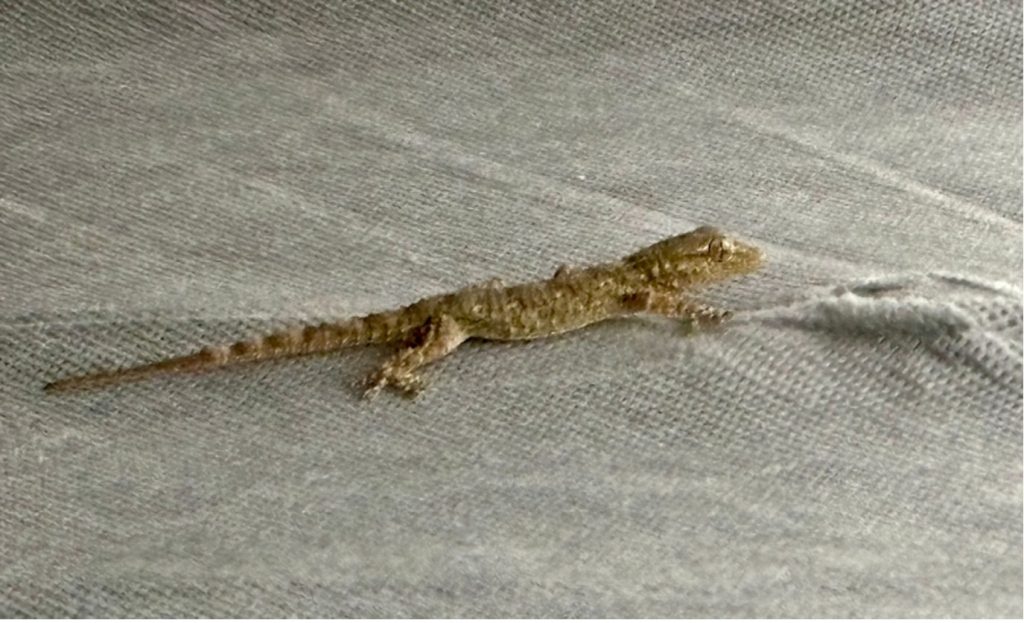
Figure 6: Lizz, Curious companions, Memoryscope Series, Ebru Yetiskin, 2024.
In fact, from her perspective, perhaps, I was a total stranger, hopefully that I could be her companion. She must have been very curious and also surprised to hear all the ambient noise during the installation process of “Music for Surrogate Performer” and “CellF”. Oh well, I was almost as ignorant as my companion, Lizz, in molecular biology so I asked Guy whether he could share some of the texts and articles that they wrote about their work. The more I was informed about these works, the more I was engaged and interested in asking new questions:
“How could some memories and experiences potentially be retained ‘in vitro’ intelligence?” “How can I produce creative and innovative expressions of my extended-self?”
September 12-13, 2024
I was really happy to see that there was a pretty engaged crowd in Ectopia today during the “Music for Surrogate Performer” and “CellF” performances. Before the performances, Marta made a brief introduction and then Guy informed us about the research process of the works. I wondered how many times he made this presentation for various reasons to various actors as this skilled information session and the storytelling about how they extended Alvin Lucier’s life-long research with a living bio-engineered musical entity had a clear impact on participants’ behaviors and interactions. Instead of passive viewers, most of them were wandering around, observing various components of the installation by getting closer to the works, pointing out some of the things they found interesting, taking pictures/videos from various angles, and also talking about the work with one another.
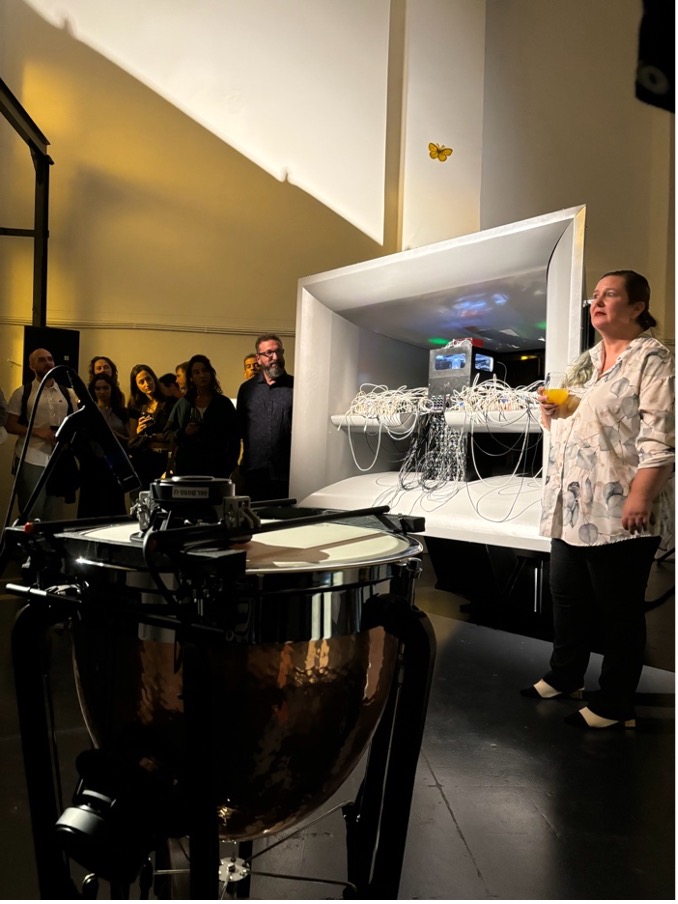
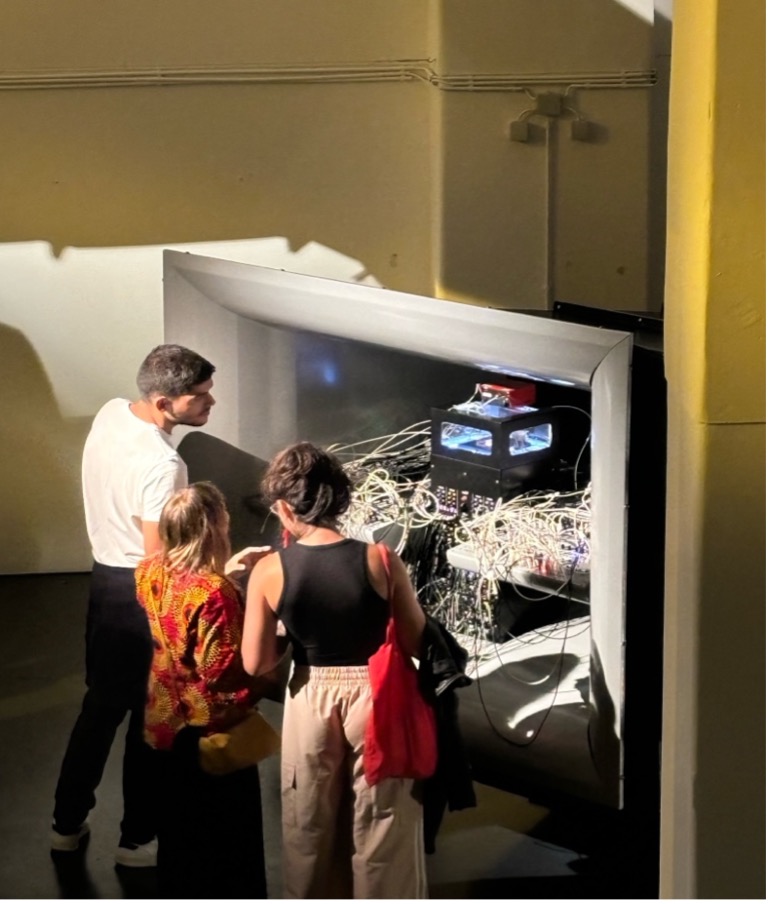
Figure 7-8: Performance view of “Music for Surrogate Performer” in Ectopia Lab, Ebru Yetiskin, 2024.
Absorbing the dramaturgy of the work, I felt ghostly vibes in which Alvin Lucier was somehow still living with us too. I went outside a bit and saw some “uninformed natives”, that are, neighbors on the windows, with puzzled impressions because of the ambient noise.
After the performance, I met new people who were also very interested in art and science, in particular molecular biology. It was stimulating to witness some conversations in which engineer-artists were attracted to each other immediately by their specific research interests and technoscientific expert knowledge. I was detached.
For one of the grandfathers of sociology, Gabriel Tarde, “utility, beauty and even truth are social facts generated through conversation”.
“Society is a tissue of inter-spiritual actions, mental states acting upon each other in specific ways” Tarde, G. (1902). La psychologie ́economique [EconomicPsychology] (2 vols). Paris; Alcan, 11.
Their expert knowledge created a potential “utility value” and intrigued one another(s) desire, as identified by Gabriel Tarde as “the motivating force for action”. The flows of desire and faith in possessing common values through interaction created a few conversation circles. Participating in these conversations, I observed that besides sharing, they were also informing one another that they reserve some of their knowledge, more of their techniques and materials as secret ingredients, or rather like an authenticity of their research, of themselves as researchers. I shifted my scope. From a macroscopic view, I’ve seen myself, within these circles of conversations, from above, like a memory making cell.
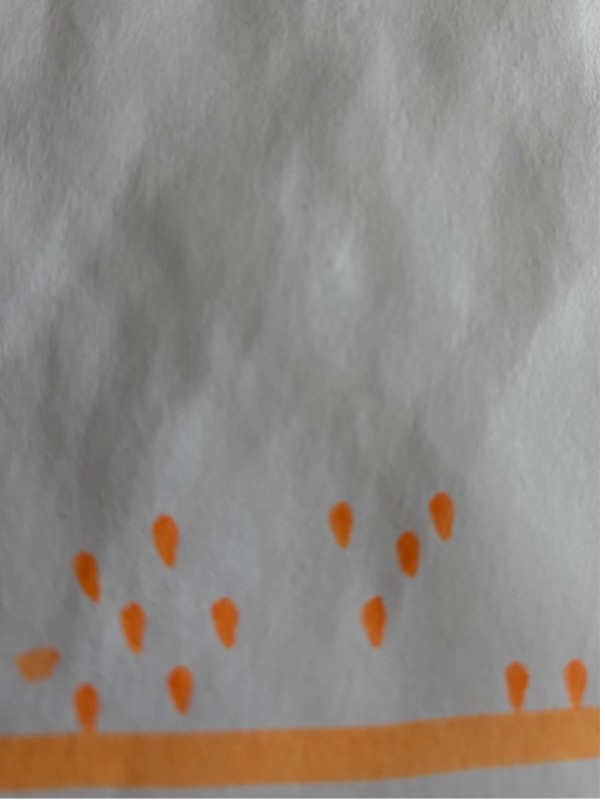
Figure 9: Circles of interest, Field sketch, Ebru Yetiskin, 2024
As I was leaving this magnetic zone and heading towards sleep, wondering how “Lizz” was doing, I met (Aishwarya) Kumar, who is a doctorate researcher working on the cognitive aspects of curiosity. She is also a curator of art, science and technology. Within a very short conversation, it was such a delightful experience to find out that we actually share some common research questions. When awareness of ignorance arouses curiosity, it can generate an epistemic desire to know, to understand, to explore, to gain new experiences and to make new experiments – basic stimuli for inquiry. This time, there I was, unexpectedly, falling into a more familiar magnetic zone.
At some point, I heard that the police came but, of course, they were informed a bit differently about the performance than all of us. So, for me, these performances became an extension of my research process for exploring the social qualities of various interactions and diverse transactional information processes.
September 14-16, 2024
All I could do was to offer you an opinion upon one minor point—a woman must have money and a room of her own if she is to write… (Virginia Woolf, A Room of One’s Own,1929)
Here I was alone in the studio. Not in “need” of money and having this huge space which I can ignore the struggle of ownership. My “enjoy the silence” day began early and continued with a call from Anna (Isaac-Ross), the curator of an upcoming exhibition, “Metamorphosis” in Ectopia Lab. Anna invited me to the exhibition to reflect my research process with an artwork. Since the opening was due October 11 and she needed a description of my work, I started exploring fundamental concepts of basic immunology and “immunological ignorance” in an unstructured manner from various online sources: articles, podcasts, Youtube talks… The more I read, however, the more information turned out to be a destructive noise in my mind.
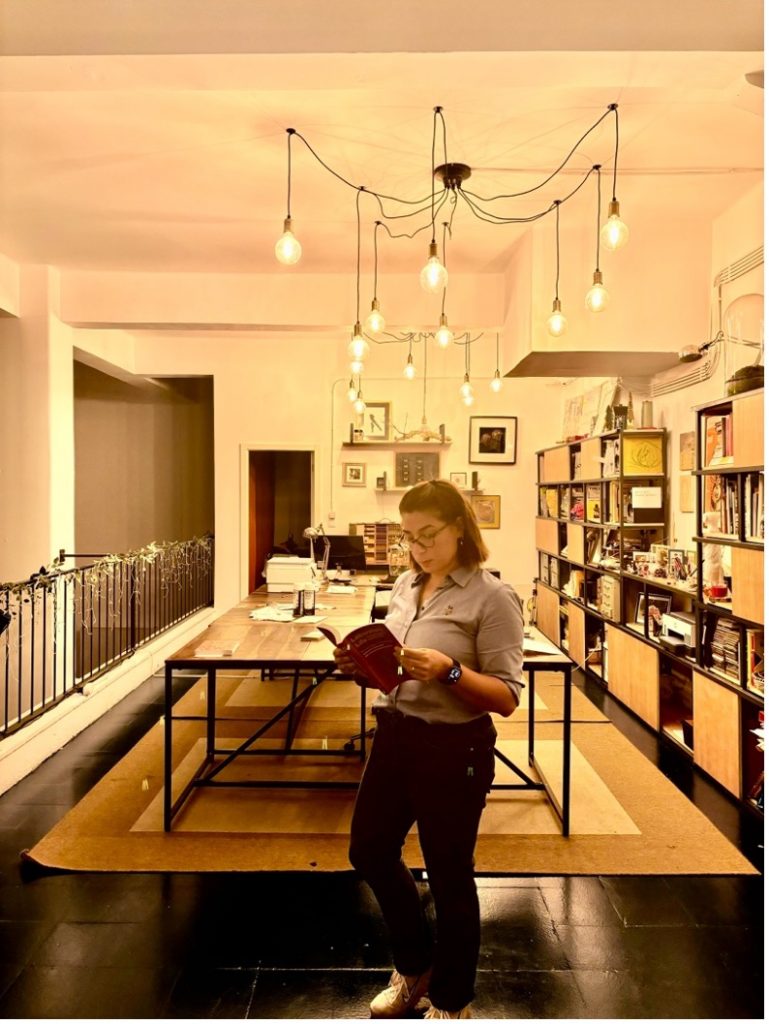
Figure 10: (Non)Self-reader, Memoryscope Series, Ebru Yetiskin, 2024
My main intention was to translate and reflect somehow the main findings of my sociological research into immunology and conceptualize it as an artwork. My departure point was my research article entitled, “Ignorance production situated in national disaster risk governance and emergency responsibilities of commoning collectives: The 2023 Earthquakes in Turkey” (Yetiskin, 2025).
Although top-down approaches to disaster risk management are expected to reduce risks and vulnerabilities, they create new risks and vulnerabilities. The rhetoric of resilience and goodwill can be mobilized within the implementation of international disaster risk policies and practices at national and local levels. Focusing on the response phase of disaster risk management during the 2023 Earthquakes in Turkey between 6 – 23 February 2023, this study aimed at exploring how ignorance production can be situated within the response phase of national disaster governance in Turkey.
To explore the correlations between the ignorance production and the control and critical potential of commoning, initial research was conducted to develop associations and theoretical insights on ignorance, necropolitics, socio-technical imaginaries and commonings as emergency response-abilities in disaster risk reduction. The study adopted exploratory sequential mixed methods. In the qualitative phase, 19 purposefully sampled commoning collectives were thematically analyzed to explore how public framed their understanding of and engagement with disaster risk reduction and emergency response. In the quantitative phase, 3 content analysis were conducted to validate the qualitative analysis and explore correlations between the emergence of commoning collectives, critique of national disaster governance and censorship.
The findings revealed that the emergency response-abilities of commoning collectives are based on associations that aim to take back the control of redistributing power and to take care of commons while dealing with the ignorance production situated in national disaster risk governance.
To make sense, I was searching for analogies. Instead of exploring meaningful associations, I had more research questions.
“How can I translate the emergency response acts of the state-government and the commoning collectives in immunological terms?” “From a biopolitical perspective, can I consider commoning collectives as acting like antibodies?”
I was not comfortable working with analogies and moving towards representation. To collect my dispersed ideas, I used the whiteboard for mind mapping. At one point, late at night, running into the flow state of mind, I started drawing a frequency graph of earthquake resonances with antibodies. Still, I was lost. I tested what a text to video generator AI would suggest for inspiration but it completely got everything wrong. The video turned out to be a stupid mockery of immunity and the praise of authoritarian power in political economy. Finally, I managed to write a work description entitled, “The Observatory of Ignorance”.
September 17-18, 2024
This morning, I participated to the online research team meeting of GIMM. Luis briefly introduced me and my research interest to the team. I listened to the presentations and updates on their current research activities and tried to catch some relevant terms. A hook, which I can hold on to this floating boat. My ignorance in molecular medicine and immunology were also clearly present. Sitting next to me, along with my curiosity triggering my capacity to give some meaning to what doesn’t appear to have any.
If this was a dark comedy, I was in it. I remained silent and focused on my participant observation on my ignorance production. I was a total “stranger” to this new tribe. In fact, I found myself living in one of the pioneering books of Science and Technology Studies, “Laboratory Life” (Latour and Law, 1979).
This anthropological study of a scientific laboratory was based on a number of observations about how scientific work is conducted. All was there in this meeting: descriptions and reports of the routine lab practices, the passionate desires flowing for scientific prestige, promotion of collaborations with other scientists and scientific institutions, and financial opportunities for research… All lab / tribe members were strongly engaged with their research interests and goals. When I shifted my scope, I realized that this seemed familiar as I also work in a scientific institution. I was not curious to explore the knowledge/ignorance production in the lab.
In the afternoon, I went to the GIMM to meet Luis again. I presented my research as well as my artwork ideas more in detail. At the end of our conversation, I learned from him that “immunological ignorance” was a falsified theory in the late 1990s. As far as I understood, instead of ignoring, cells act towards gaining power. This molecular biology fact resonated with my sociological repertoire as microorganisms, like cells and pathogens, could actually be considered as humans, collectives, institutions – monads.
What is a monad? … monads are not material entity only since they are possessed by faith and desire…. And ‘society’ is a word that can be attributed to any association: ” But this means that every thing is a society and that all things are societies. And it is quite remarkable that science, by a logical sequence of its earlier movements, tend to strangely generalize the notion of society. It speaks of cellular societies, why not of atomic societies? not to mention societies of stars, solar systems. All of the sciences seem fated to become branches of sociology. Instead of saying, like Durkheim, that we ‘’should treat social facts as a thing’’, Tarde says that ‘’all things are society’’, and any phenomenon is a social fact. Nothing extraordinary nor imperialistic here: this does not mean, as with Auguste Comte, that sociology has to occupy the throne to rule over the sciences, but simply that every science has to deal with assemblages of many interlocking monads (Latour, 2012, Gabriel Tarde and The End of The Social)
Monads, like people, institutions or cells, act towards what they have faith in possessing certain values, which they desire. If they do not see a value that they do not have, that would make them act and become more powerful to acquire immunity and survive. Thus, they wouldn’t ignore the other(s); they just interact with another, which would make them somehow “stronger” according to the changing conditions in their living environment.
With these thoughts in my mind, on the way back home, I took a long walk. I was passing by The Alto de São João Cemetery, which was built in 1833 during the cholera epidemic, another disaster that devastated Lisbon. Despite all the acquired knowledge about various epidemics in history, I remember how ignorant we were during Covid-19 pandemic globally. I looked at the graves and wondered who these people were once. I remember my dad’s latest episode of Alzheimer’s and then his recent passing during COVID-19 pandemic. It got dark. I spotted my grief. I looked up the sky. There was a red supermoon, which invited me for the release of my painful memories, self-reflection, adaptation and transformation in this beautiful fall evening.
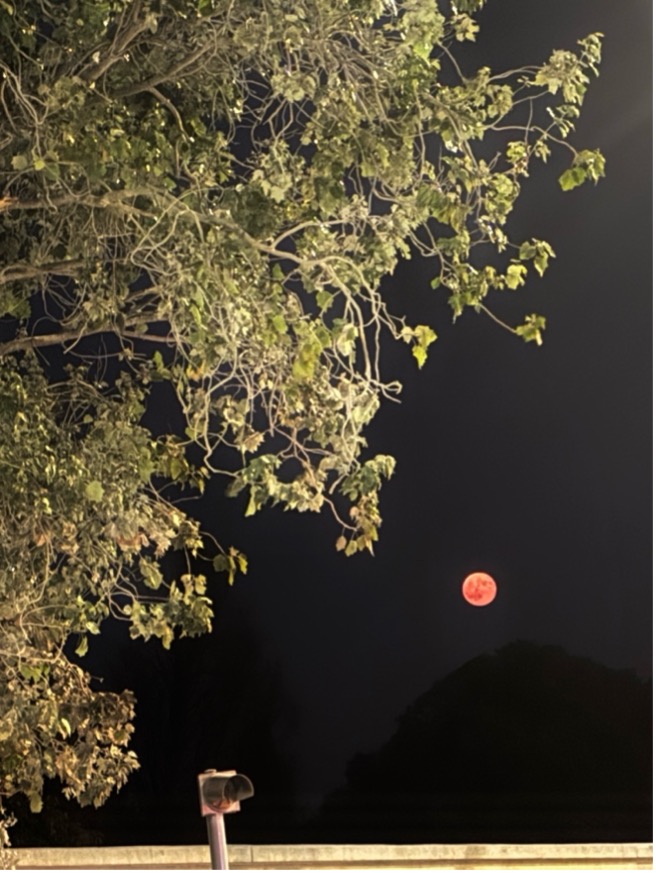
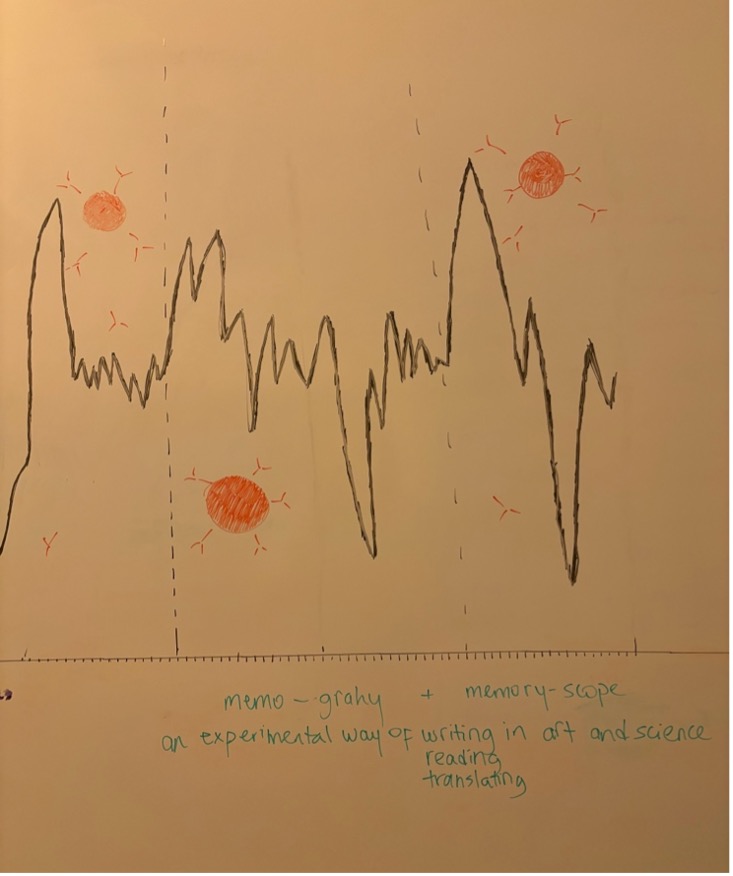
Figure 11 (left): The Observatory of Ignorance: Closed, Memoryscope Series, Ebru Yetiskin, 2024. Figure 12 (right): Memography, Memoryscope Series, Ebru Yetiskin, 2024.
Instead of dropping ignorance as my research interest, I decided to embrace it paratactically for an ontological metamorphosis. This was also a shift of scope for me. I felt relief. I saved this memory by taking several photographs and videos.
I came home. There on the floor, there was a Kafkaesque scene: an upside-down cockroach, another companion species, which I couldn’t figure out whether she was sick, asleep, poisoned, high, dead or alive. I ignored her being-in-between states. I left her alone. Then Anna (Isaak-Ross) came to spend the night over. We had a lovely conversation in the kitchen. I told her about my research process and we discussed the ways in which we can incorporate my research process in our upcoming exhibition, “Metamorphosis” (2024), which aimed to bring together themes of identity, transformation, and the seen & unseen realities. We wanted to explore the intricate intersections of identity, history, and memory. Although we just met, it was so comforting to share our ideas and the flow of our emotions.
September 19, 2024
Today I worked on the revision of a book chapter, which I have been co-writing with Brandon Labelle on “Auditory Politics and Haunted Soundscapes”. I added a section about the critical importance of listening one’s self and the others for living in a more peaceful state. Then I found myself reading art and science books in Ectopia Lab. I was actually searching visual inspiration but instead learning new things in curiosity.
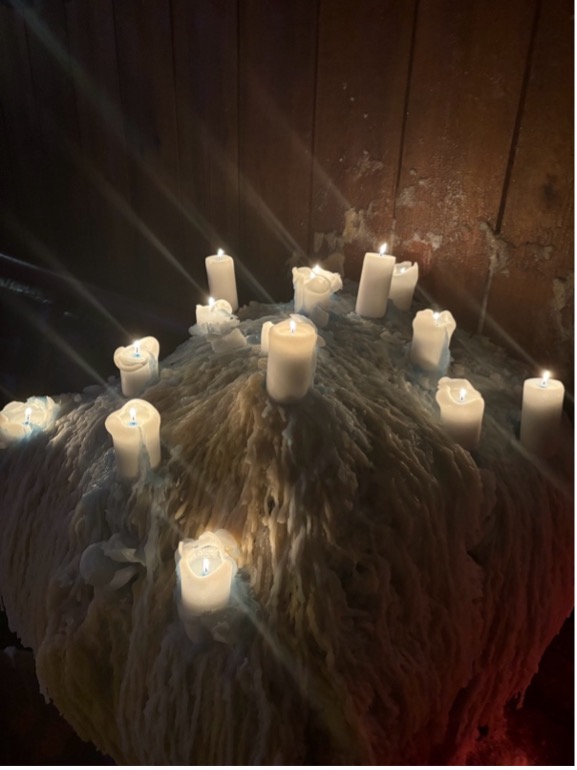
In the afternoon, I went to the market and bought some fish. I can’t believe that the fish is so affordable here. I love seafood. I wanted learn how to cook “Bacalhau à Brás”, following a recipe from a website, which I really like, Culinary Backstreets. I was not sure whether it was cooked the way it supposed to be… To me, it was delicious.
September 20, 2024
Today I met Luis at the GIMM. He gave me an introduction on the basic concepts of immunology. It seems like self/nonself discrimination is at the very core of immunology. However, from where I situate myself, “self” does not begin and end within a defined space-time. Using these analogies, I explored that I have to focus more on autoimmunity but I couldn’t figure out how to identify “the self” and “the nonself” in my case study as both actors (the state-government and the commoning collectives) were acting to protect “the body”.
This indeed became a complicated problem for me because the state government and the commoning collectives have faith, desire and act for distinct values. The state government was also adopting destructive and repressive measures. That is why I thought I needed to learn more about autoimmunity so that perhaps instead of a descriptive analysis, I could make an explorative analysis and learn what’s actually happening or performed during the immunological process.
Still lost in translation though. Instead of solutions and responses, I was piling and overwhelmed with more questions. After our meeting, Luis introduced me with two GIMM researchers, Maria Miguel Cavaco and Rodrigo Balsinha Pedroso. We discussed what we can merge our experimental research, as well as our diverse skills and knowledge for an artwork.
In fact, the GIMM researchers were familiar with (bio)artists who already have a prior molecular biology training or lab practice. On the other hand, departing from Science and Technology Studies (STS), I was also familiar with “laboratory studies”, which is a movement in cultural anthropology in which we conduct ethnographic research in and about medical and scientific labs. However, this time, I was not in a lab for this reason. In a way, I wanted to participate in a laboratory study, which use special equipment and cells to find out whether a biological process could be adaptive to my sociological research.
Rather than falling in the abyss of my theoretical questions, first, I had a more practical inquiry. Since the exhibition opening was so soon, I asked whether it would be possible for me to produce an image by participating in one their experiment, which would resonate with my research. I couldn’t figure out how I could set the camera, the lighting and the cells to have a time-lapse imagery though. Rodrigo explained me the bureaucratic protocol for making an experiment reservation in the lab. Since I am a faculty in a state university in Turkey, I totally resonated with these formal procedures and I knew that it might take some time. At the end of the day, a laboratory is a controlled environment and there were several scientific research teams, who share the same lab. However, he said he could start the process right away.
Ok, but still, I had a step forward. I was exhausted though. I decided to have Caracóis, a traditional Portuguese snail dish for the dinner, I had to find a way to digest this slow pace. I had only 20 days until the opening.
September 21-22, 2024
I decided to prioritize the conceptual problems and explore some articles (Anderson, 2014; Pradeu, 2020; Swiatczak, 2024) on immunology from a humanities and social sciences perspective. During this process, I was also critically considering that social thought in humanities and social sciences has authorized the science of immunology and have sought validation in immunological research.
From my prior research on “Biopolitics of Acquired Immunity” (2022), I was aware of the fact that immunology was structured primarily as a sort of communal politics, a strategy of defense against invasion, a military operation. The knowledge production of commoning collectives during the 2023 Earthquakes in Turkey and the restrictions of the state were resonating more with the deconstructive aspects of autoimmunity—the process whereby the body’s immune system fails to recognize and tolerate self, attacking its own tissues, causing disease.
In popular accounts, the metaphor of warfare against an external enemy still prevails and the body resembles a police state, protecting against foreign intruders. Cultural anthropologists, like Emily Martin, in “The End of the Body?” (1989, 123), saw a new immunological body “organized as a global system with no internal boundaries and characterized by rapid flexible response.” This was a new body transformed for late capitalism. Thus, immunologists did not “ignore the world outside the lab in devising their models of the body.”
However, the language of immunity increasingly crashed into contemporary descriptions of the economy of the late-twentieth century with a focus on flexible specialization, flexible production, and flexible rapid response to an ever-changing market with specific, tailor-made products.
It was difficult to deal with the concept once the body is understood as a functioning construct that is open to continuous exchange with its environment and the boundaries of ‘self’ transgresses the limits of the defined body. That is, the self is dynamic, always in process and deconstruction. In The Age of Immunology: Conceiving a Future in an Alienating World, David Napier (2003, 3) stated that “In autoimmunity one gets so viciously close to the mirror of otherness that no room is left for reflection.”
In a similar fashion, acknowledging the challenge of AIDS in the late 1980s, and in Specters of Marx: The State of the Debt, the Work of Mourning and the New International (1993), Jacques Derrida emphasized the “undecidability” and internal contradiction of autoimmune processes. Then in Faith and Knowledge: Two Sources of ‘Religion’ at the Limits of Reason Alone” (1996, 73), he argued that the process of autoimmunization consists for a living organism, as is well known, of protecting itself against its self-protection by destroying its own immune system. After the disaster of 9/11, Derrida elaborated on autoimmunity as double bind of the democratic. He argued that in order to save democracy, or to allow a future democracy, polities often attacked elements of democracy, or provided the conditions of possibility for such an attack— either “referring” democracy, sending it elsewhere to protect it, or “deferring” democracy, adjourning or delaying it until later elections. In short, autoimmunity stimulated me to rethink life and death.
September 23-24, 2024
I worked on developing my work description in Gulbenkian Art Library. This is a beautiful library dedicated only to art. It is only accessible only by art students, art researchers, art critics and art professionals. I was able to access the library easily thanks to my Association Internationale des Critiques d’Art (AICA) Press card. I realized that I generated a lot of “matters of concern” based on some “matters of facts” in my sociological research.
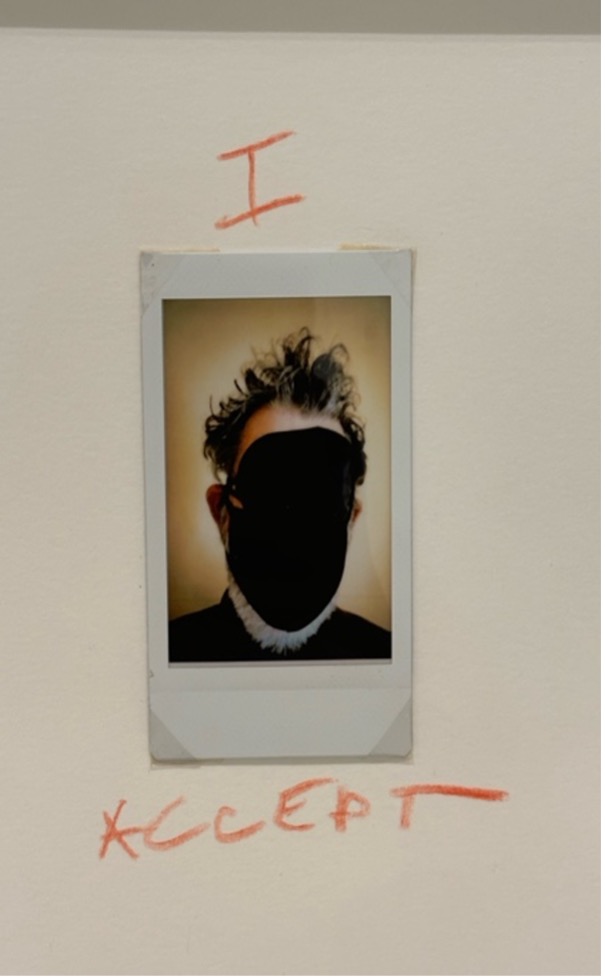
Figure 14: From the “the days are numbered” exhibition of Daniel Blaufuks at MAAT, Ebru Yetiskin, 2024.
One way to understand a matter of fact focus is to see it as an act of expert-scientists and scholars to describe the world as it is without also acknowledging research as performative of worlds and language as having symbolic power that reinforces certain ways of thinking and acting with others. Matters of concern, on the other hand, allow for more diverse and collective determining of possible futures:
Shifting focus from matters of fact to matters of concern invites open conversation and collective effort between the different actors gathered and assembled around a particular concern. In a matter of concern mode of inquiry gathering and assembling methods shift focus toward how scholars, lay researchers… and a host of other ‘‘actors’’ work together to enact diverse and post-capitalist economic futures. (Ann Hill, 2015).
As one of the pioneer thinkers of feminist Science and Technology Studies (STS), Sheila Jasanoff says ‘[i]f a problem is framed too narrowly, too broadly, or simply in the wrong terms, then the solution will suffer from the same defects’ (2018). I wish Marta was here. She is in Far East. Besides, I don’t even know how to explain all this in a concise way yet. The only thing I was sure of that I wanted to make an installation, which would have embodied various layers of matter of concerns and matters of facts. Simply a projection of my matters of memoryscopes…
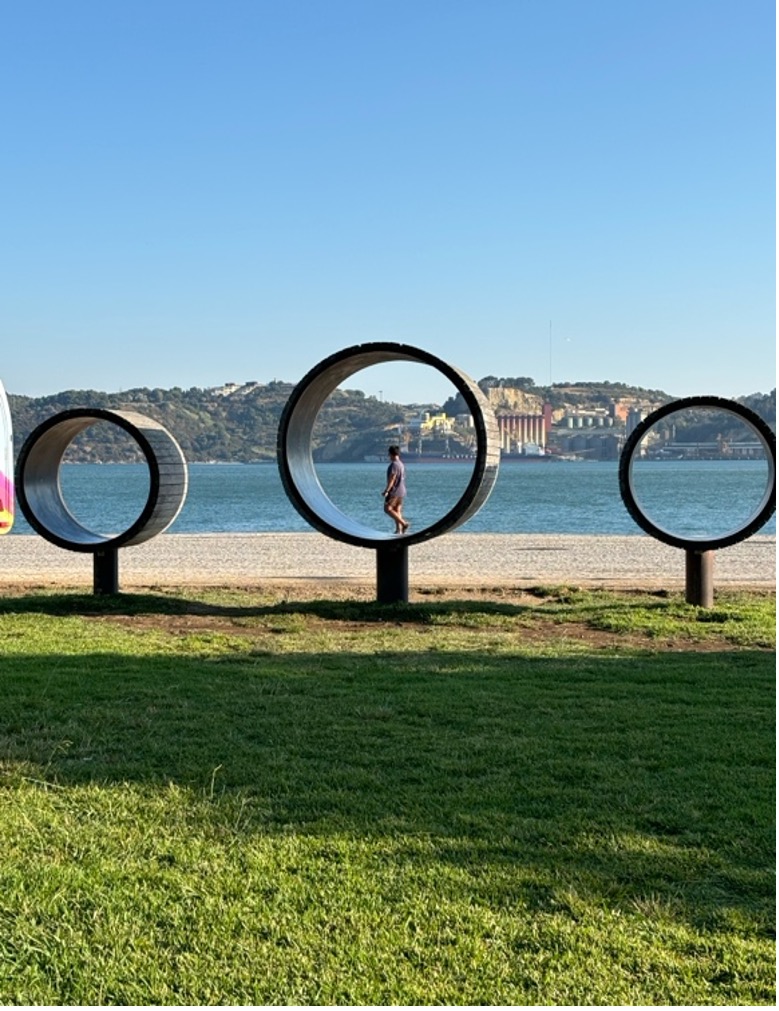
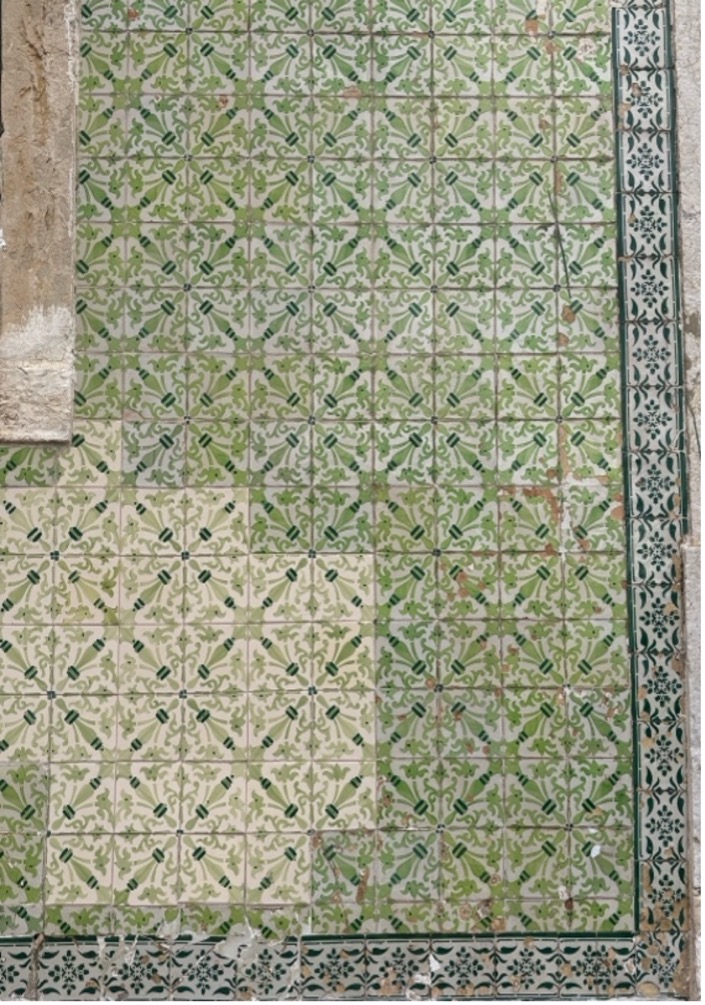
Figure 15 (left): Circling Urban Antibodies, Memoryscope Series, Ebru Yetiskin, 2024. Figure 16 (right): Renovated, Memoryscope Series, Ebru Yetiskin, 2024. In the afternoon, with these thoughts in my mind. I took a long walk into the city to be inspired from random things, make some affinity research for my memoryscope installation and make some memory records. I went to The Museum of Art, Architecture and Technology (MAAT). First, I visited Black Ancient Futures exhibition in which I’ve seen April Bey’s (2023) “We Learned to Love Ourselves Until We Were Full Until We Didn’t Need YoursUntil We Realized Our Own Was Enough”. I like the idea of creating and sharing joy as response-ability and resistance. Then I’ve visited Daniel Blaufuks’s “the days are numbered” exhibition, in which he exposed his memory with a diary of 450 works, including photographs, collages, and clippings with personal notes, referencing brief stories, quotes and comments.
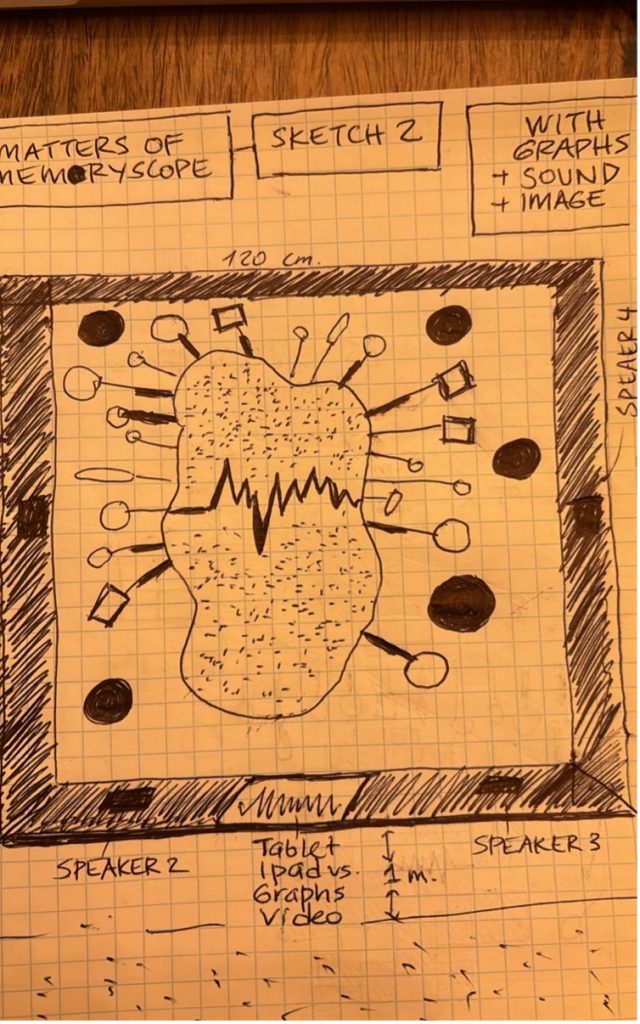
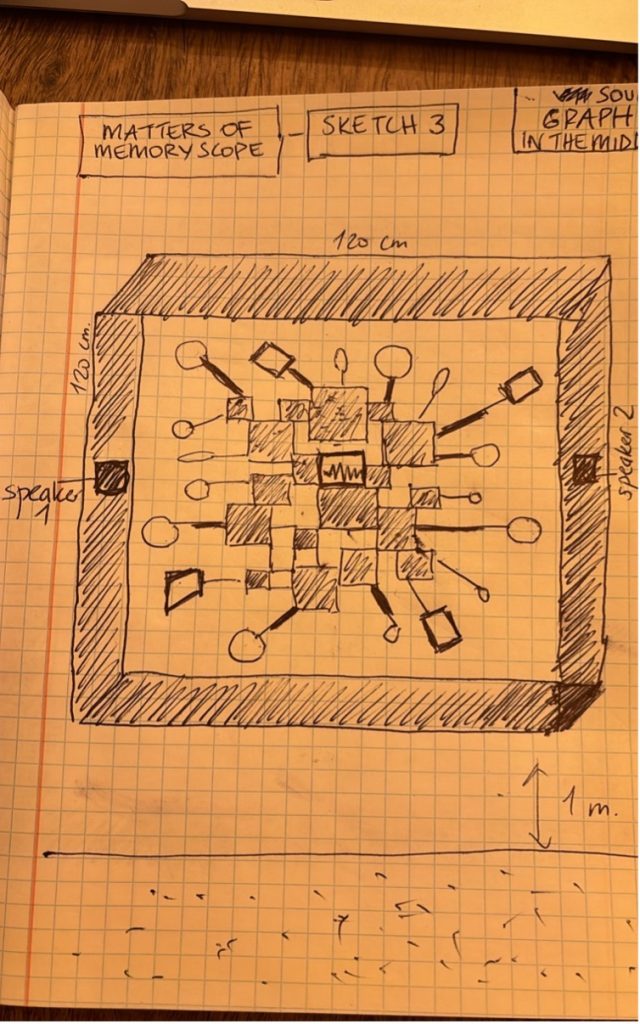
Figure 17-18 (left): Rough Sketches, Memoryscope Series, Ebru Yetiskin, 2024.
I worked on some rough sketches of an audio-visual mirror installation. The main idea was to merge two different memoryscopes in one piece: one being destructive, glitchy, non-reflective and mono-centric (representing the emergency response of the state government); the others are decentralized, multi-focal and self-reflective (representing the emergency response of the commoning collectives). I was not comfortable with finding myself in a dualistic, representational and figurative aesthetics though…
September 25, 2024
Today I went to the GIMM to meet with Luis, Maria and Rodrigo to discuss how we can collaborate for a feasible project. I shared the final draft of my research article and my artwork description. I also explained my sociological research findings, the emergency response of commoning collectives, this time, more in detail.
19 self-organized collectives acquired social immunity by learning and developing memory (counter and alternative imaginaries) in previous political-ecological disasters caused by the development projects and dominant socio-technical imaginaries of the state-government. Due to their critical memory, they were able to respond, help and challenge the aggresive control power of the state-government immediately in the first 72 hours of The 2023 Earthquakes (the response phase). antibodies ? #memory cells ? 38% of collectives were immediately emerged and activated during the first 48 hours – disaster response phase. The first censorship in the most critical 72 hours of the disaster response phase, stimulated the activation and emergency response-ability of commoning collectives. They were multiplied and doubled.
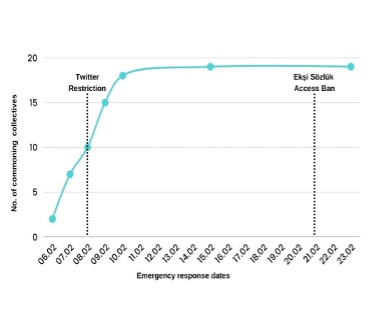
Figure 19: Emergency responses of the state and the commoning collectives in the 2023 Earthquakes in Turkey, Ebru Yetiskin, 2024.
I had a graph so it was easier to communicate. Luis gave me some feedback about my work description and we made some minor revisions. Today I also figured that it was not possible to make a photograph or video shooting due to technical restrictions of the lab equipment. My new idea was to make an experiment to have visual (graphic) research outputs on memory cells and translating that visual experiment data into a sound composition.
September 26-27, 2024
For the sound composition, I made an online meeting with Alican (Okan). He is one my dearest friends, a sound artist with a never-ending curiosity in science and peace.
What matters was that the memoryscope of overreactive immune system generates a shortage in life span. While living in political ecological disasters at a global scale, how can one recognize, act and (un)learn to develop tolerance towards the distorted view of the self and embrace emergency response-abilities, not only for immunity, but also for collective well-being and longevity?
Claudia (Figueiredo) came and we had lunch together. I enjoy her company very much. I feel at ease. I collaborate very well with experienced and practical minded people, especially when I do not have their knowledge and skills.
For the rest of my day, I kept working on some rough sketches, thought about the materials and the equipment list. Then I worked on the digital manipulation of some photographs that I’ve taken during my research process. After I was exposed to an intense stock of imagery and information on immunology, my scope has changed. I began to detect abstract figures like antibodies and seismic waves, and deconstruct a structured visual narrative.
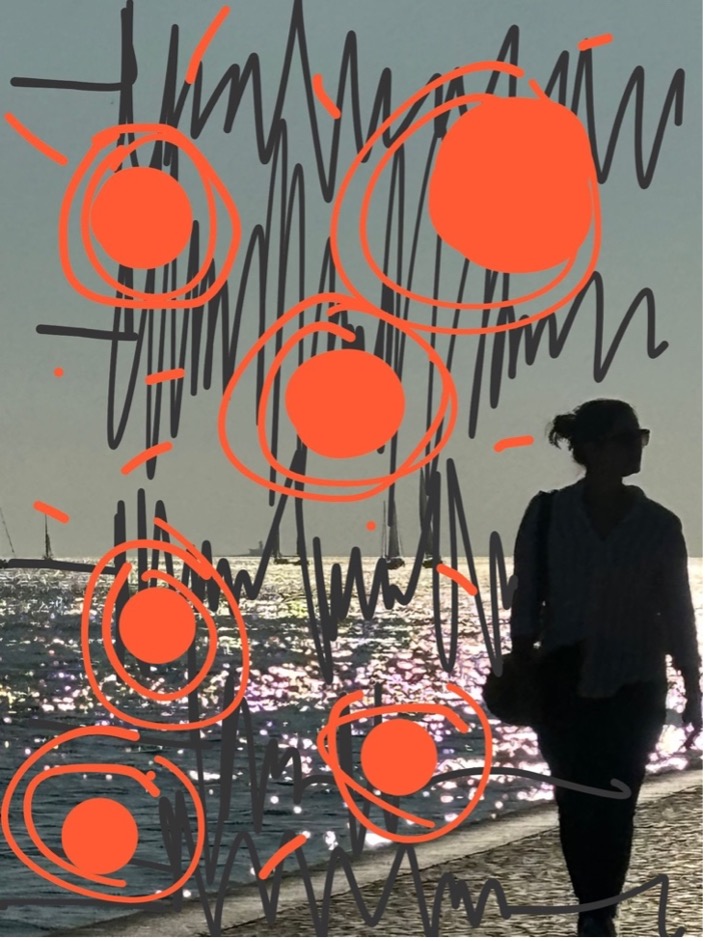
Figure 20: Antibodies in Action, Memoryscope Series, Ebru Yetiskin, 2024.
September 28-October 2, 2024
Alican shared some of his experimental research outputs for the soundscape – a rough draft. I shared the experiment output with the GIMM research team. They found it exciting and cool ☺ I decided not to create a fear or anxiety affect as the earthquake and the repressive measures were already resonating with negative vibes. Besides, the participants of the exhibition would have their own enough already. Instead, I wanted to focus on creating a way for acquiring collective immunity, the empowerment and emergency response of the commoning collectives, and generate a meditative affect, in which others can find themselves in peace with my artwork. For the sound composition, I was inspired by two research articles. The first one was entitled, “The Immune System Can Hear Noise” (Zang et al, 2021), and the second one was, Sounds Stimulation on In Vitro HL1 Cells (Dal Lin et al., 2020), For a couple of days, I worked on developing the scenario and the timeline of the sound composition according to the factual data, that is, the response-abilities of the collectives during the earthquakes between February 6-23, 2024. I collected some real time sound samples of seismic waves, bad internet connection signals and various noise.
One day, on my way back home from the GIMM, I noticed that there was an inspirational mirror installation at the entrance of the Santa Maria Hospital. I loved the idea that it was composed of diffracted and broken pieces, which created a mirror image – a representation of a scientist in a lab setting.
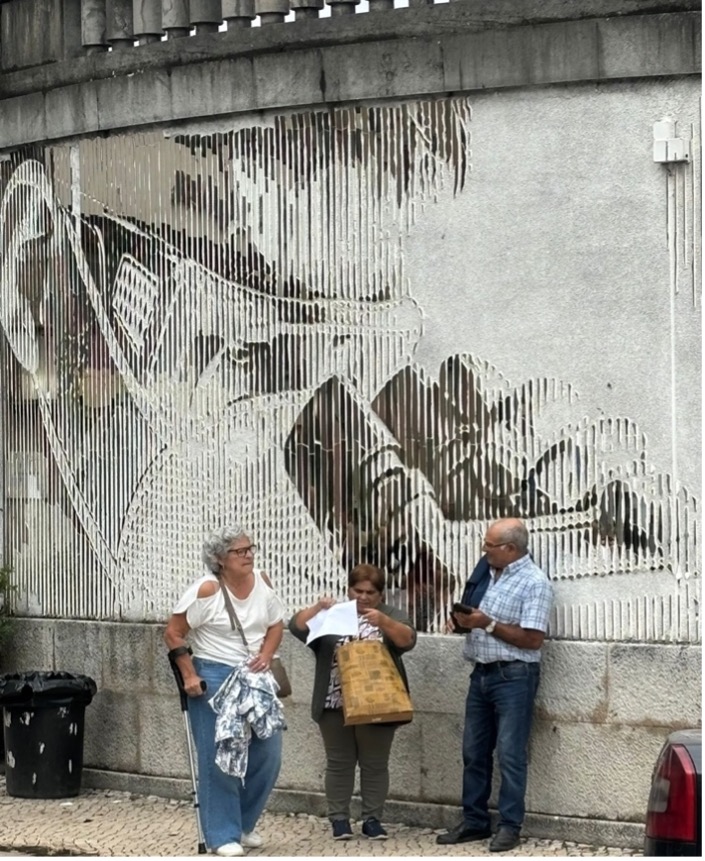
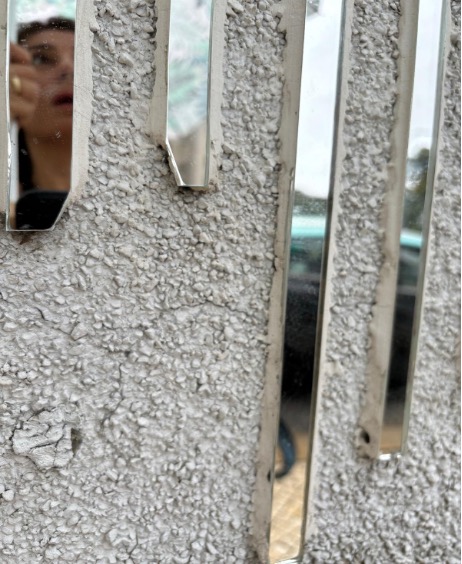
Figure 21-22: For Recovery, Memoryscope Series, Ebru Yetiskin, 2024.
Meanwhile the GIMM research team (Maria and Rodrigo) conducted 4 experiments in their lab. It was on “Cellular signatures within a Germinal Centre Response”. They only shared with me the visual research outputs so I received some graphs, which did not make any sense, other than these were about the various responses of memory cells once they were imposed to a pathogen.
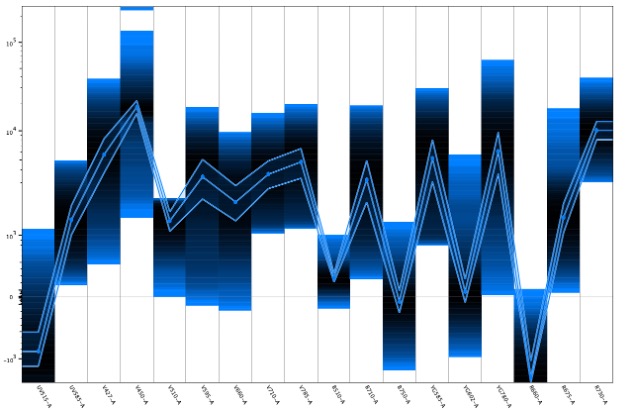
Figure 23: Memory CD4 T follicular helper cells (TFH), Experiment output, Maria Miguel Cavaco and Rodrigo Balsinha Pedroso, Gulbenkian Institute of Molecular Medicine, 2024.
To me, the graphs were completely non-sense. My ignorance in molecular medicine and “scientific illiteracy” created additional noise, which I did not need more at this stage of my research process. I asked Maria if she could simply explain and give me some more context. She was so kind and cared to write me a brief summary.
In our lab, we are interested in studying the germinal center response, which is a critical process in the adaptive immune system where B cells mature and improve their ability to recognize and fight specific pathogens. Germinal centers are specialized structures that form within lymphoid tissues (such as lymph nodes and tonsils) after exposure to an antigen, typically during an immune response to an infection or vaccination. To achieve this, we apply an in vitro organoid system, made of human tonsil cells which are challenged through specific stimulus triggering an immune response. We evaluate the cellular composition of our organoids through a technique known as flow cytometry. These graphs illustrate the spectral signatures (identity) of various cell types, forming the composition of a tonsil organoid stimulated by a viral vaccine (challenge). The X-axis of the graphs represents different spectral intervals, with each interval corresponding to a channel or detector on the flow cytometer used in the experiment. Each detector is tuned to detect light emitted by a specific fluorochrome, which is a fluorescent molecule attached to a cell marker. When the cells pass through the laser beam in the flow cytometer, the fluorochromes attached to the cell markers emit light at specific wavelengths. Each detector on the flow cytometer captures the intensity of this emitted light (y axis) within a particular spectral interval (x axis). Since the fluorochromes are conjugated to antibodies that recognize specific markers on the cell’s surface or interior, each point on the graph also represents the detection of a particular cell marker. In summary, the graphs are essentially mapping out the spectral response across different detectors in the cytometer, each associated with a unique fluorochrome and, consequently, a specific marker on the cells being analyzed. In each graph, two distinct cellular populations of the same immune cell type are represented. The cellular populations are: naïve (never exposed to the stimulus before) and memory (recall the stimulus from a previous challenge).
On the next day, I visited the GIMM Lab to make a visual documentation and to make an overview of the experiment results with the research team. I wanted to know more about the emergency responses of the memory cells, the tonsil organoid and the workings of the flow cytometer, which was used in the experiment. Maria shared her visual documentation of the organoid.
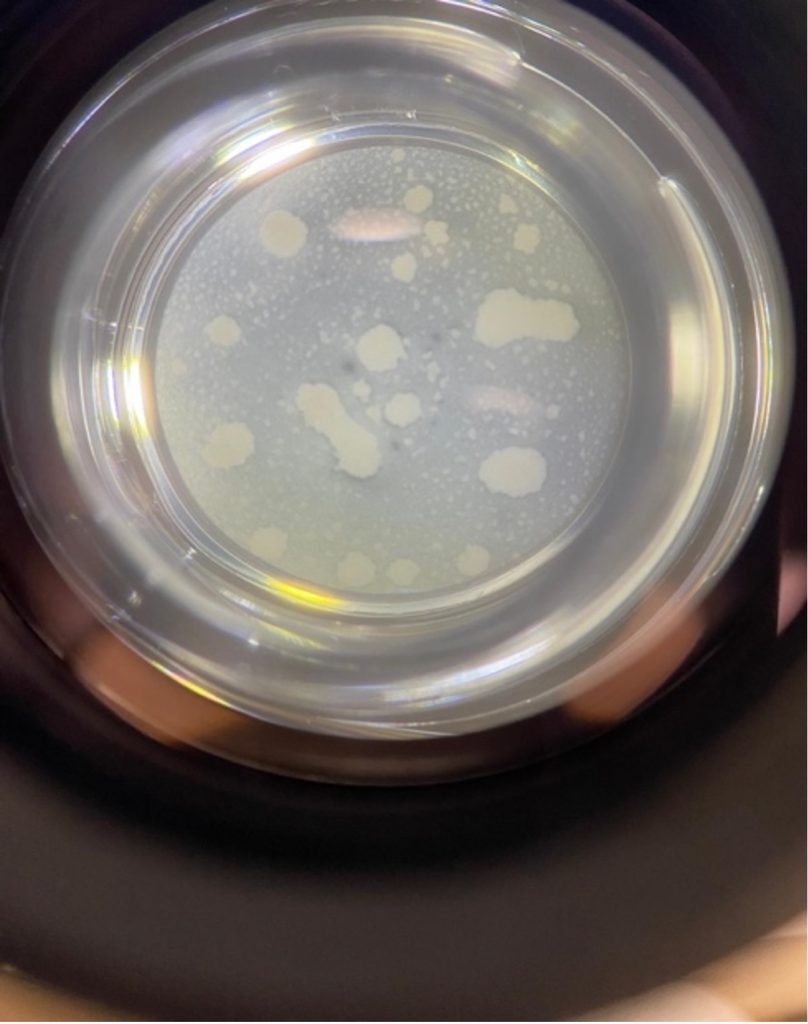
Figure 24: The tonsil organoid, Maria Miguel Cavaco, 2024.
However, at the end of the day, besides this photographic image, I realized that all I had as a visual material were 5 graphs; 4 from this experiment, and 1 from my sociological research.
For the sound composition, I decided to translate visual data into a sound composition by transposing each graph on top of each other because that was exactly what we were doing. The sound composition would have merged with our sociological and biological research outputs. Based on the visual data in this final graph, I refined the scenario, identified the affects in a timeline and sent it to Alican for the final version of the sound composition.
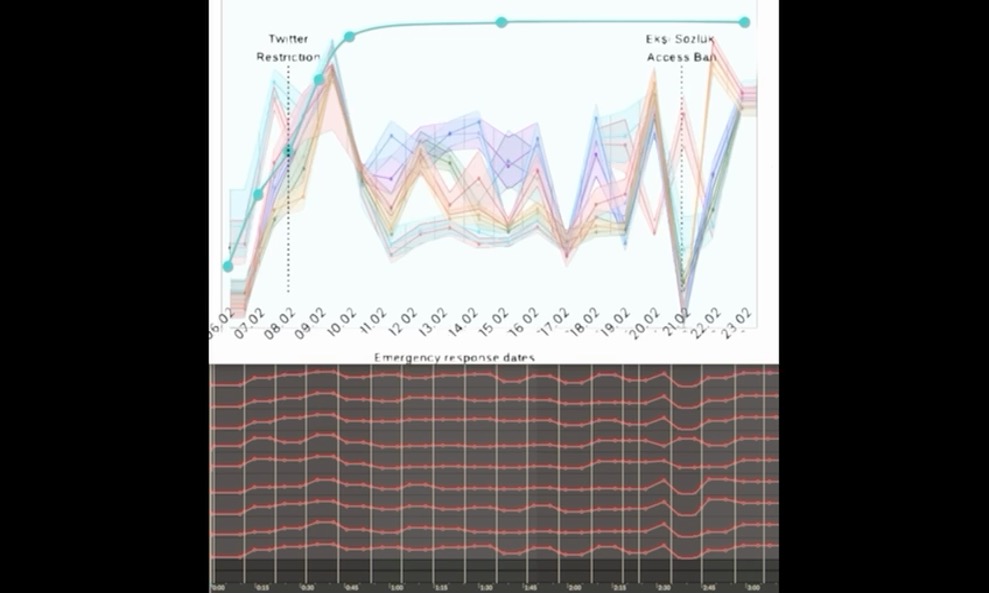
Figure 25: Matters of Facts, Memoryscope Series, Ebru Yetiskin and Alican Okan, 2024.
October 3-7, 2024
Meanwhile, I received the materials for the mirror installation and worked on various prototypes and assemblages.
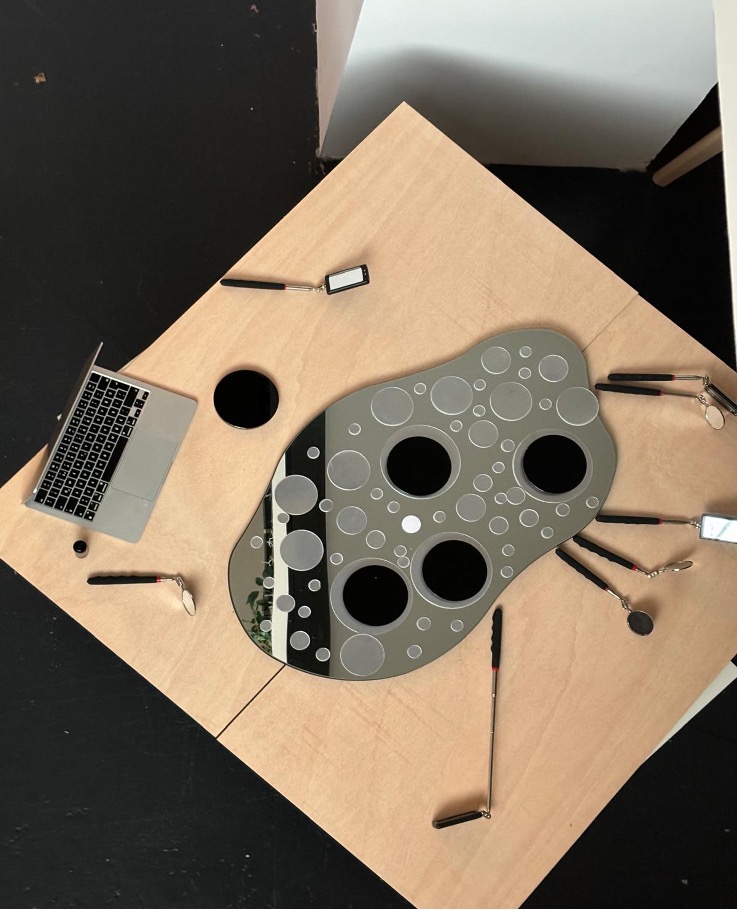
Figure 26: Cellular Mirrors, Memoryscope Series, Ebru Yetiskin, 2024.
At this stage of my research process, I really needed some sincere feedback from someone who could relate with this kind of art and science collaborative experiment. I felt like I was acting in an echo chamber. So, I called Kumar and she responded. In the afternoon, I met her at a local bar/restaurant in our neighborhood. As she was also a curator, an artist and a researcher in cultural studies, it would have been great to have some blind review and critical feedback. We had a wonderful conversation as if we have known each other for a long time. It was indeed a conversation with a loved one, whom I couldn’t see for a long time and missed so much.
Something was missing. I couldn’t tell exactly what it was. I decided to take a long walk again to distract myself from my overwhelming thought process. I went to the Quake Museum. It was an immersive experience design museum for the commemoration of the 1755 Lisbon earthquake. During the day, I took some photographic memory recordings but then in the evening, I realized that my scope was full of missing or lost fragments, whether they were tiles, or the ones we lost in recent disasters, or common values, like justice, or some technique, skill, material, knowldge and experience.
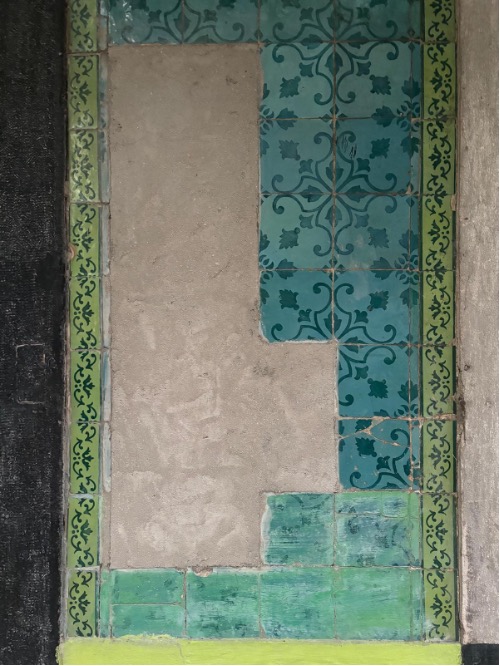
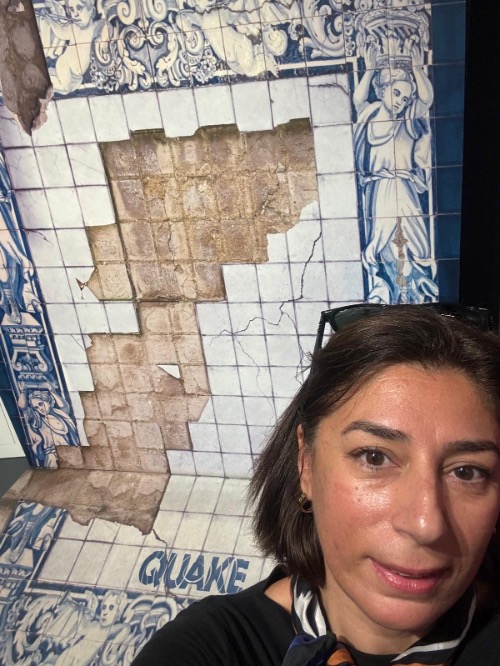
Figure 27-28: “Where are the missing pieces?”, Memoryscope Series, Ebru Yetiskin, 2024.
October 8-10, 2024
While I was overwhelmed within my thought process, Marta came to Ectopia Lab early in the morning. Since she was so busy and far away, we couldn’t get to talk much. It was great seeing her again, another of my missing pieces…. I told her about my research and shared my sketches, prototypes, memory records and the sound composition. She also found the mirror installation very representational and she suggested me to focus more on the transposed graph itself as well as the sound composition, which were basically the research outputs of my art and science residency.
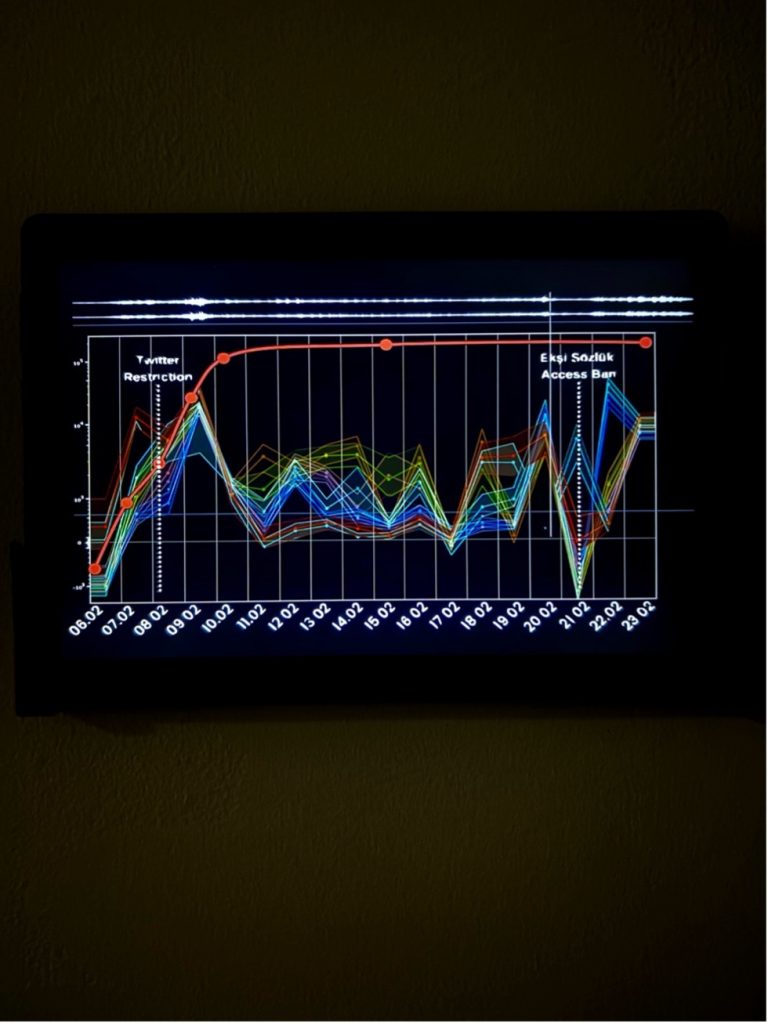
Figure 29: Exhibition view of “Matters of Memoryscope”, Ebru Yetiskin, 2024.
The new idea was to mimic the graph and paint it on a white canvas. She was right but to me the graph did not have an affective aesthetic value. From our conversations with Anna, I remember feeling good about making a video from my memory records, which were those subjective healing moments and self-reflections that I have been randomly capturing. I planned to project this video on the graph-painting, which was going to be on the wall. In this way, instead of reproducing the dualistic distinction between the self and the nonself, and creating a representational and figurative object, I was going to “transposé” and use the multi-layering idea for the assemblage of the entire audio-visual installation. It was also possible to create a performative and a living entity, in which one could wander around, interact, explore various perspectives and respond. I planned to make the video with collaged materials by utilizing abstract methodology in a non-structural way, and lacking of a narrative structure.
Then, we went out to buy some materials for the installation. Marta introduced me with a material, basically a white plastic surface, which has the exact patterns of the tonsil organoid. We thought this material could create some glitchy effects on the projected video image and on the graph painting.
I created the video from my memory recordings and ran a test by projecting it through the white surface. I loved the sound composition.
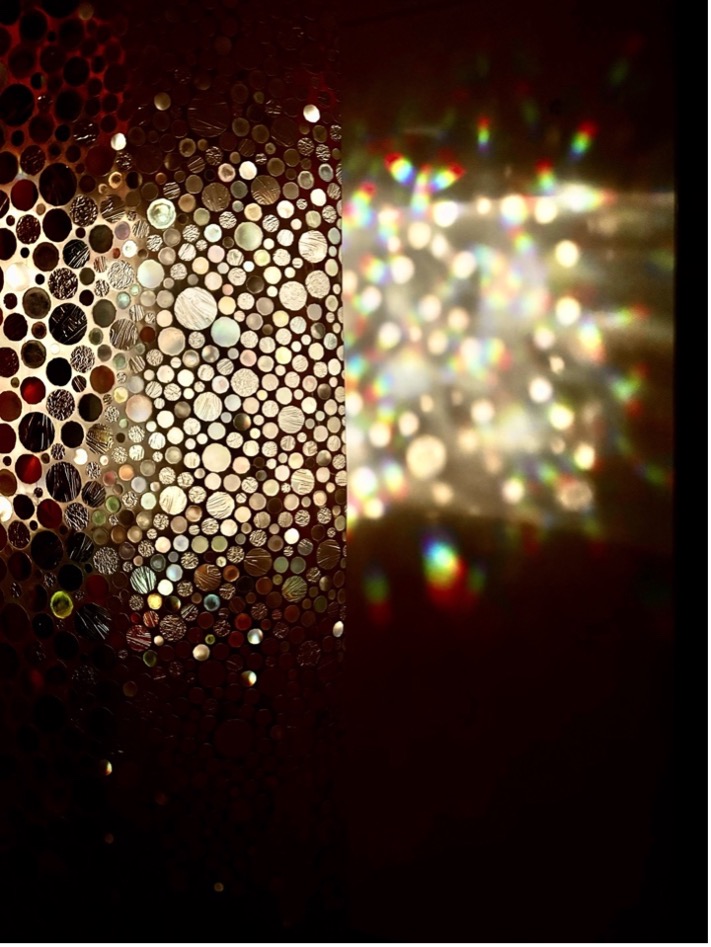
Figure 30: Exhibition view of “Matters of Memoryscope”, Ebru Yetiskin, 2024.
I put everything all together with these fantastic women, thanks to Marta, Claudia, Anna and Emily. Being a curator of art and science exhibitions, it was also a learning experience how to ignore my curatorial perspective, embrace Anna’s vision, and contribute it with my work for “Metamorphosis” <3
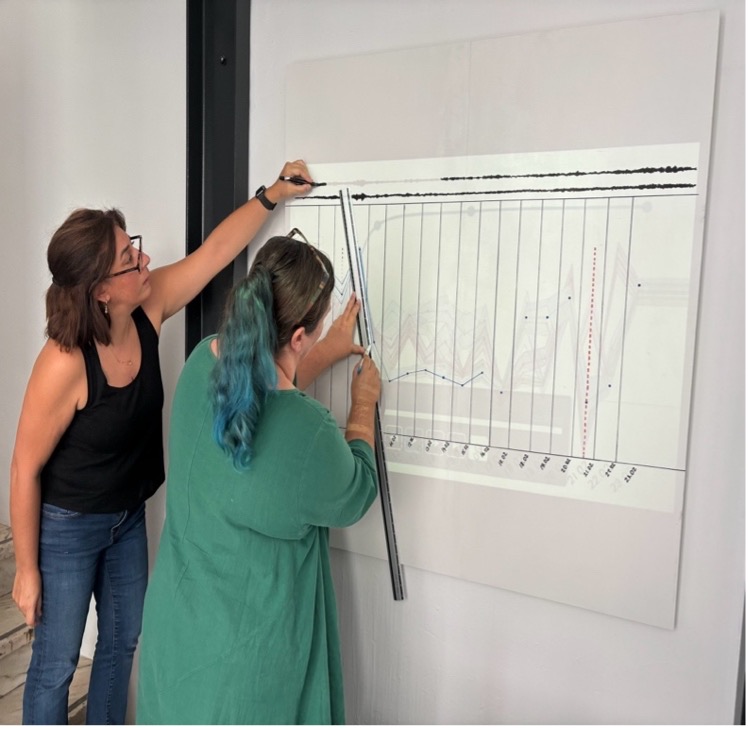
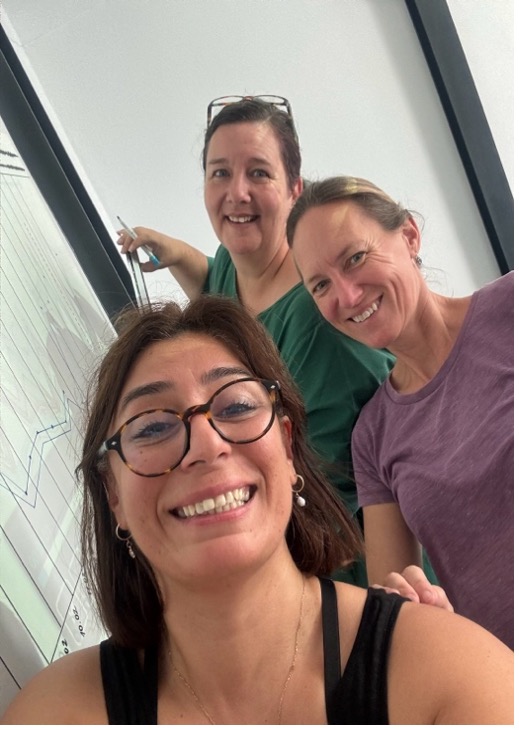
Figure 31-32: Installation view of “Matters of Memoryscope” with Marta de Menezes and Anna Isaac Ross, Ebru Yetiskin, 2024.
October 11, 2024
We had our exhibition opening, once again, with an interested and curious group of people, despite the heavy rainstorm. Once again, Marta made an introduction; Anna gave a curatorial talk and each one of us, including Marta, presented our works. I was really happy and a bit excited to share the final version of my work with Luis, Maria and Rodrigo.
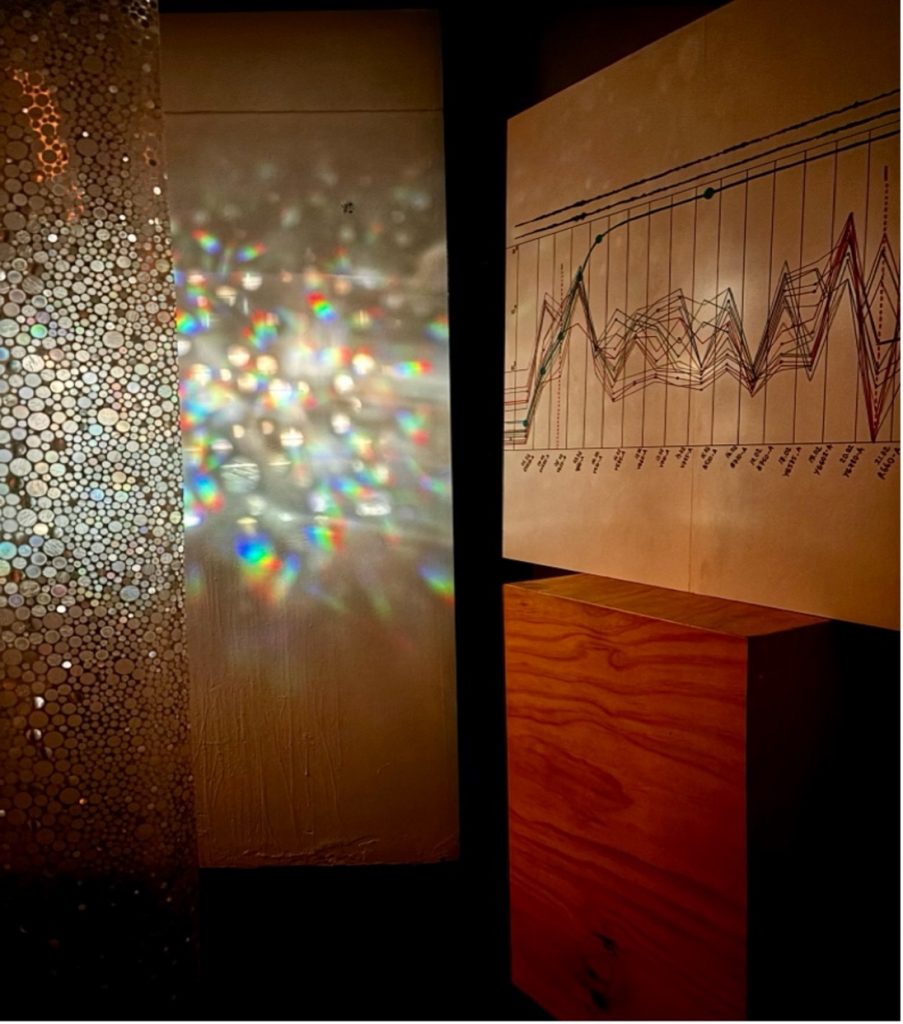
Figure 33: Exhibition view of “Matters of Memoryscope”, Ebru Yetiskin, 2024.
I was truly grateful to everyone, who contributed and involved during my research process. What an honor to become a participant in this exhibition with the other distinguished artists-scientists, whom I admire so much.
October 13-20, 2024
After the exhibition, I took some days off. I visited some of the contemporary art museums, local restaurants, and exhibitions. Then I started thinking about the future. I began working on my research article, which required a minor revision from the referees of the International Journal of Disaster Risk Reduction. I also wrote an abstract about the research process of my installation to attend an art and science conference, which will be held in Porto in November. I was not sure if I would have enough time and resources to come back to Porto so soon, if I was accepted. Nevertheless, I sent the abstract so that it would be ready for another event.
In the following days, upon our conversations, Kumar invited me for a talk in The Catholic University of Portugal. I worked on 3 different topics and shared with her. We decided that the title “Future is Now: Critical Curating in Art, Science and Technology” as an innovative research practice would have been interesting to discuss with the graduate students and faculty of cultural studies. And it indeed was. They told me that it was interesting for them to learn from me about the current hype of futurisms and those critical artworks, which respond and question the possibilities of various futures.
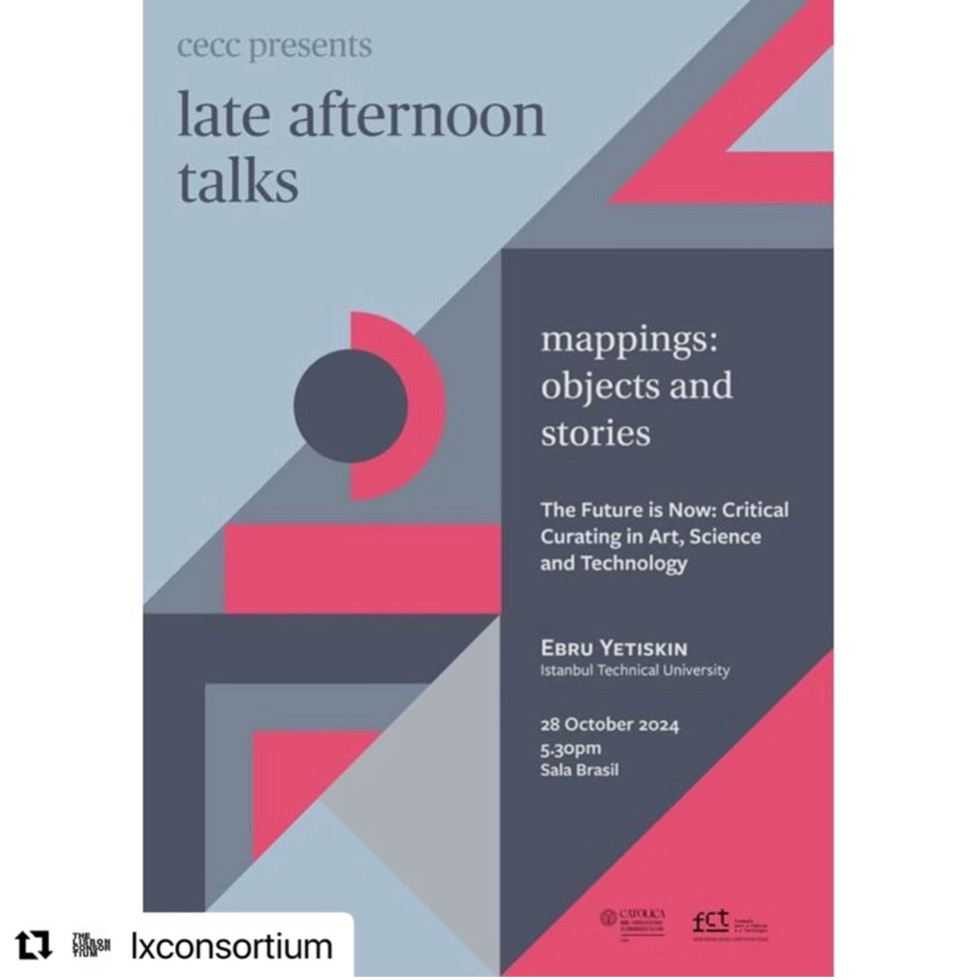
Figure 34: “The Future is Now” Poster, 2024.
October 20-29, 2024
My residency is almost over. I felt like my time here was like a story that I never want to finish. Marta and Claudia were away. I started having my morning coffees in the beautiful garden café of The Museu Nacional Do Azulejo (National Tile Museum), which is 5 minutes away from Ectopia Lab. Although the museum, which was founded in 1509, was partially destroyed during the
catastrophic earthquake of 1755, it was reconstructed on an even grander scale. I saw Great Lisbon Panorama Before the Earthquake of 1755. This blue-and-white composition of 1,300 tiles was created in the early 1700s, and it depicted about nine miles of the Lisbon at the time from the vantage point of the Tagus River. I found myself many times in front of this historical document, thinking about how I could keep caring and reminding myself about my research findings and self-reflections. I felt a bit worried about returning back to the chaos of Istanbul.
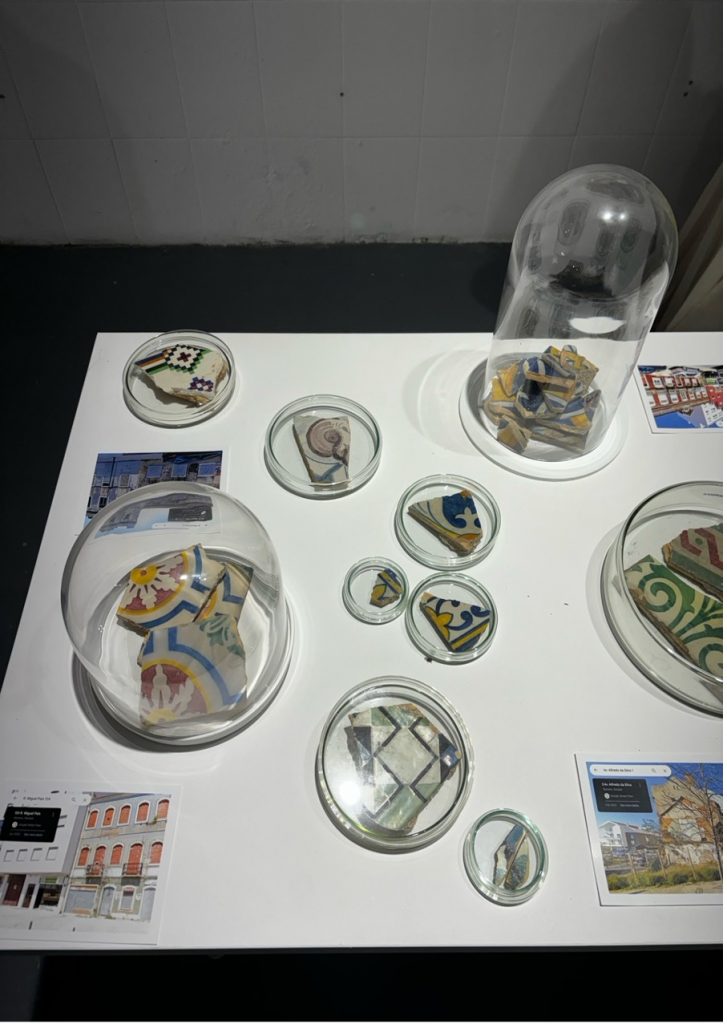
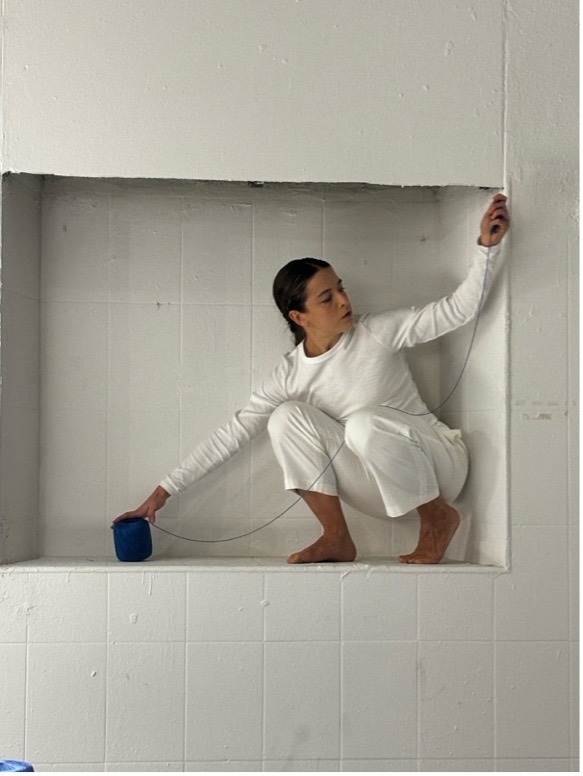
Figure 35-36: Memories of the exhibition and performance, “Autoimmunity and Allergy” of Serra Behar, 2024 Lisbon.
After a few days, I heard that Serra Behar, a contemporary artist whom I knew from Istanbul, has an exhibition opening in MAD Gallery, in my neighborhood, in Marvila district. I was so excited to meet and share her research process because her exhibition was entitled, “Autoimmunity and Allergy” (Serra Behar, 2024).
I couldn’t believe how our research interests merged randomly. She was using autoimmunity and allergy as metaphors for self-destructive processes. Besides, she worked on memory making and an individuality. Coming from Istanbul and living in Lisbon, she was also sensitive about memory loss and with what’s worth caring. She also drew attention to ignorance production within the gentrification process and observed how it has been slowly destroying the individuality of Lisbon piece by piece.
As an act of care, she collected the broken and discarded tiles, as fragments of collective memory and witnessing artefacts, in construction sites and demolition zones in Lisbon. She compares the removal of azulejos to the skin, which response with different sensibilities, with damaged collective memory, building façades of Lisbon.
Her sculptures and installations were exposing the cultural scars, the stiches and vulnerabilities which lie beneath. “Tiles are the skin of buildings,” she says. “They protect the structure, but they also define its character. When you strip them away, you expose scars — not just physical scars, but cultural ones. She observed that in a rush to modernize, Lisbon has unwittingly destroyed parts of itself, losing its unique character and authentic individuality for the sake of development and progress. That sounds so familiar, right?
October 30, 2024 –
On my way back to Istanbul, rather than answers and solutions, exploring with new questions in my mind, for creating new collaborations of art and science, I decided to re-open “The Observatory of Ignorance”.
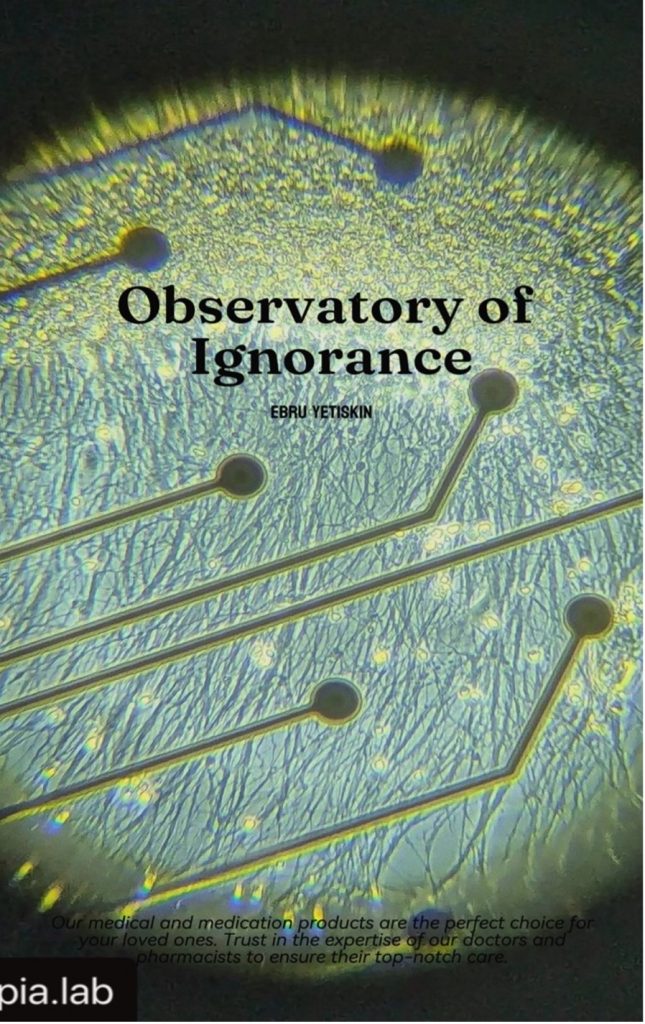
Figure 37: Observatory of Ignorance, Re-opened, Memoryscope Series, Ebru Yetiskin, 2024.
